GRENADA
Grenada is in the SE Caribbean, consisting of the island of Grenada and six smaller islands at the southern end of the Grenadines island chain. It is located northwest of Trinidad & Tobago, northeast of Venezuela and southwest of St. Vincent and the Grenadines. Its size is 348.5 square kilometres, and its population is around 1115,000, with a capital called St. George’s. It was invaded by the United States in 1983, in what was probably the most mismatched war in history.
NOTED GEOGRAPHY: Approximately 2 million years ago in the Pliocene era, the area of what is nowadays Grenada emerged from a shallow sea as a submarine volcano. Most of Grenada’s terrain is made up from volcanic activity, including Grenada’s capital St. George’s with its horseshoe-shaped harbour, the carenage. Kick ’em Jenny is an active submarine volcano or seamount on the Caribbean Sea floor, located 8 km north of the island of Grenada. It rises 1,300 m above the sea floor on the steep inner western slope of the Lesser Antilles ridge.
NOTED NATURE: Apart from the obvious expansive sealife, there is a wide variety of bird species, and a few smaller mammals like.native opossums and armadillos, and non-native mona monkeys and mongooses There are hardly any larger animals, however.
NOTED CULTURE: Tourism is the major earner, with people visiting to enjoy the beaches, although a growing number are ecotourists. The island hosts several events, including popular sailing regattas, Grenada is an exporter of several different spices, most notably nutmeg,
its top export and depicted on the national flag, and mace.
MONTSERRAT
Montserrat is a British Overseas Territory located in the Leeward Islands of the Eastern Caribbean, which is part of the chain known as the Lesser Antilles. It’s nickname, “The Emerald Isle of the Caribbean” is derived from its resemblance to coastal Ireland and for its Irish ancestry (prisoners, indentured servants, forced labourers, and loyal opposition soldiery) of many of its inhabitants who began arriving at the island around 1632. Montserrat is about 16 km long and 11 km wide, with roughly 40 km of coastline.
NOTED GEOGRAPHY: On 18 July 1995, the previously dormant Soufrière Hills volcano, in the southern part of the island, became active. Eruptions destroyed Montserrat’s Georgian era capital city of Plymouth. Between 1995 and 2000, two-thirds of the island’s population was forced to flee, primarily to the United Kingdom, leaving fewer than 1,200 people on the island in 1997 (rising to nearly 5,000 by 2016). The volcanic activity continues, mostly affecting the vicinity of Plymouth, including its docking facilities, and the eastern side of the island around the former W. H. Bramble Airport, the remnants of which were buried by flows from volcanic activity on 11 February 2010.
NOTED NATURE: Montserrat, like many isolated islands, is home to rare, endemic plant and animal species. The national bird is the endemic Montserrat oriol. Montserrat is known for its coral reefs and its caves along the shore. These caves house many species of bats, and efforts are underway to monitor and protect the ten species of bats from extinction. It is estimated that 120 invertebrates are endemic to Montserrat.
NOTED CULTURE: The only place outside of Ireland where St. Patrick’s Day is a national holiday. Sport is popular, especially considering the small remaining population. Football, cricket (of course!), basketball, and sailing are all regularly undertaken. For more than a decade, George Martin’s AIR Montserrat studio played host to recording sessions by many well known rock musicians, including Dire Straits, The Police, Rush, Elton John, Michael Jackson and The Rolling Stones.
SAINT LUCIA
Saint Lucia is a sovereign island country in the eastern Caribbean Sea on the boundary with the Atlantic Ocean. Part of the Lesser Antilles, it is located north/northeast of the island of Saint Vincent, northwest of Barbados and south of Martinique. It covers a land area of 617 km² and reported a population of 165,595 in the 2010 census. Its capital is Castries. Saint Lucia was named after Saint Lucy of Syracuse, and is the only country in the world named after a historical woman
NOTED GEOGRAPHY: The volcanic island of Saint Lucia is more mountainous than most Caribbean islands, with the highest point being Mount Gimie, at 950 metres above sea level. Two other mountains, the Pitons, form the island’s most famous landmark. They are located between Soufrière and Choiseul on the western side of the island. Forests cover about 77% of the land area.
NOTED NATURE: Lizards, birds and sealife abound around Saint Lucia, The venomous Fer-de-lance snake, and the Boa Constrictor occupy the islands, and the stunning Saint Lucia Parrot is the national bird.
NOTED CULTURE: Saint Lucia boasts the highest ratio of Nobel laureates produced with respect to the total population of any sovereign country in the world. Two winners have come from Saint Lucia: Sir Arthur Lewis won the Nobel Prize in Economics in 1979, and the poet Derek Walcott received the Nobel Prize in Literature in 1992. Cricket and sailing are popular, and the nation has a fine reputation for its cuisine.


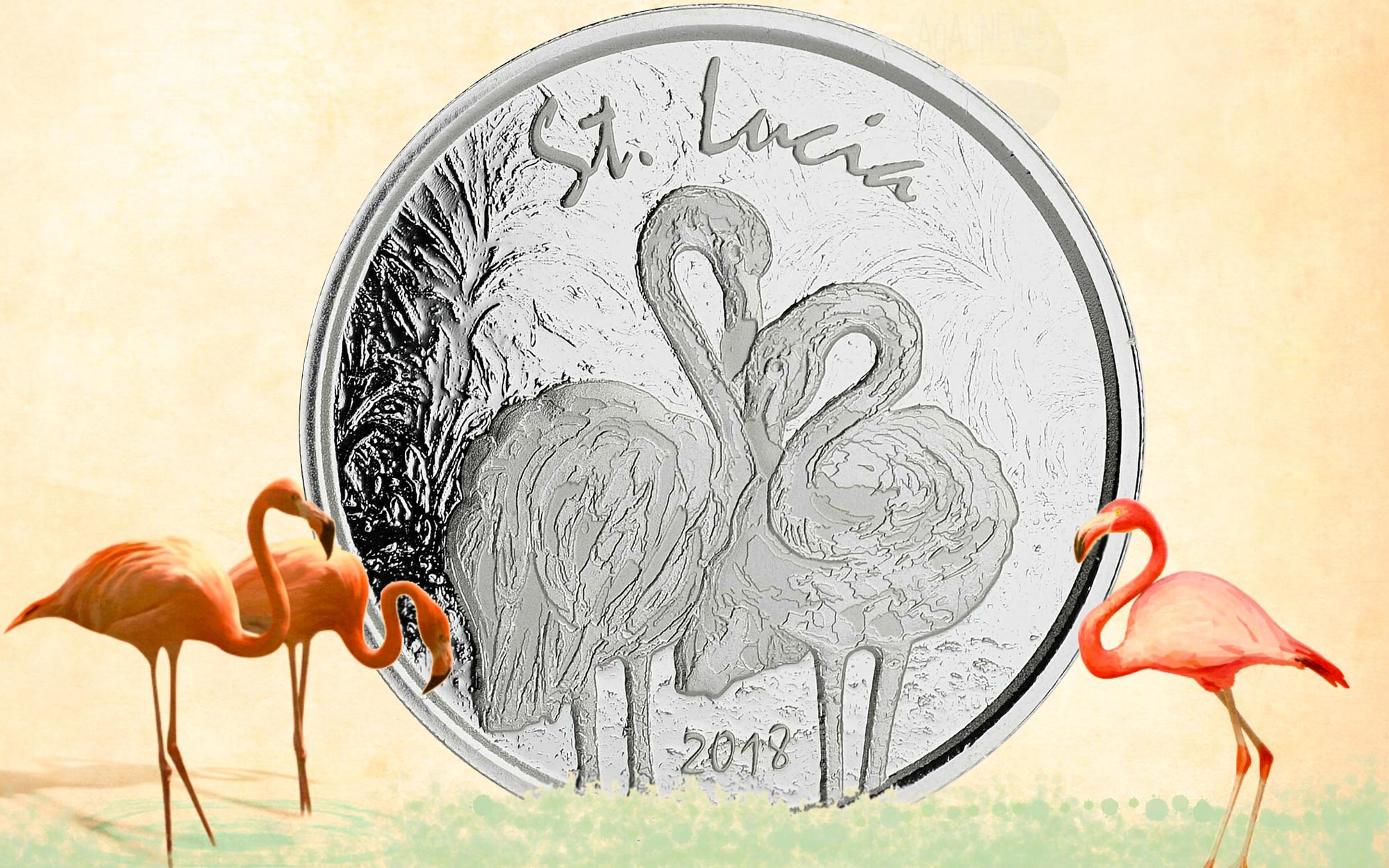
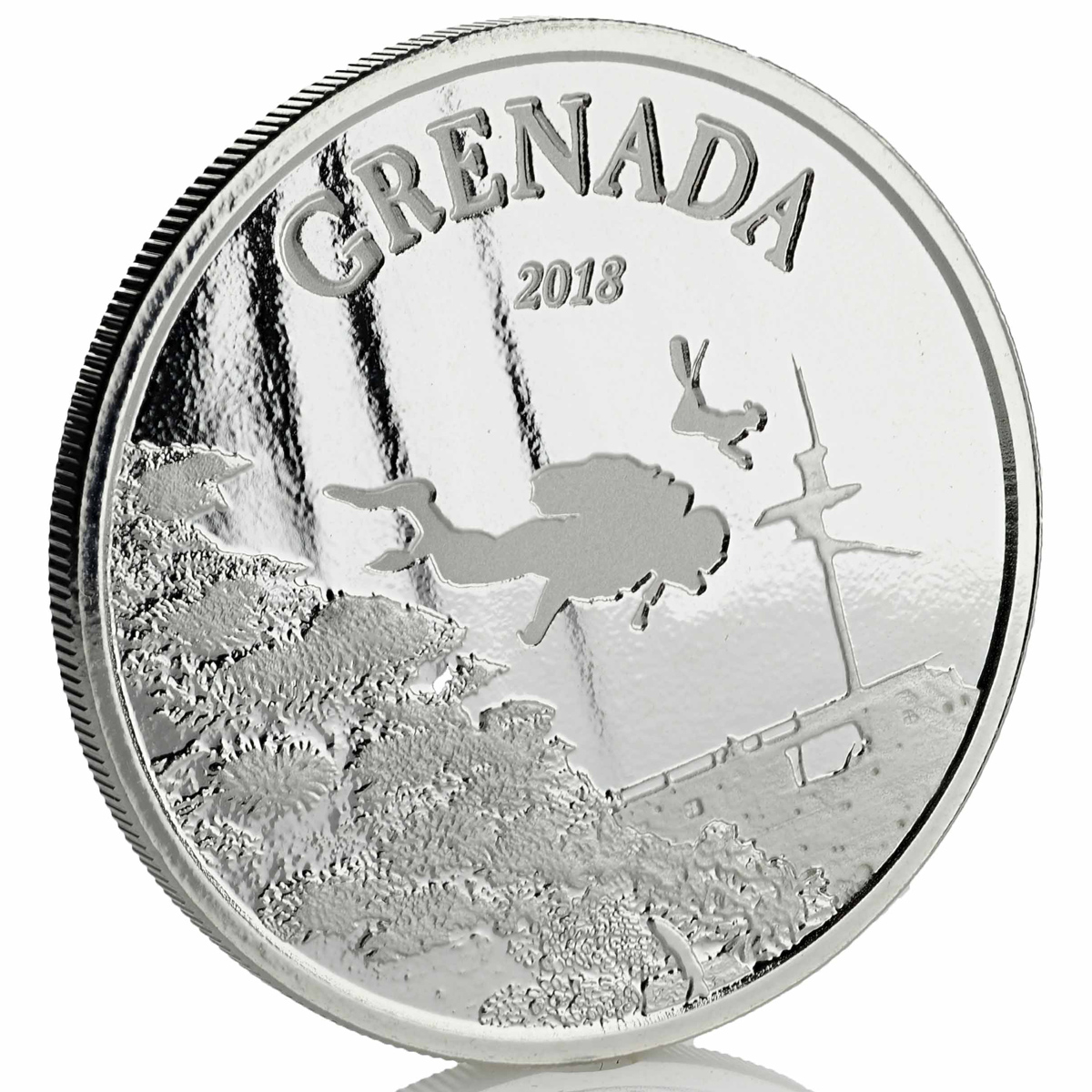




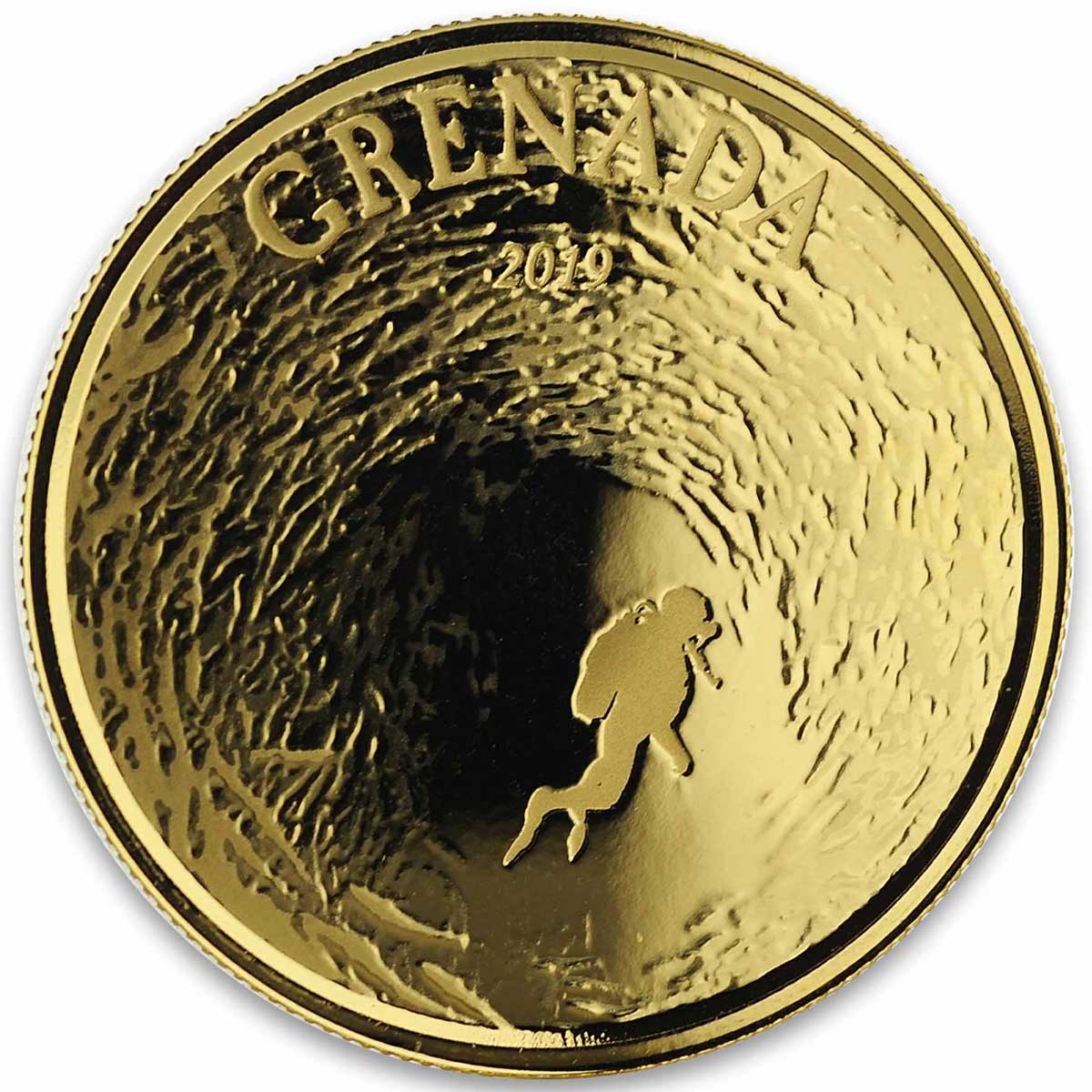
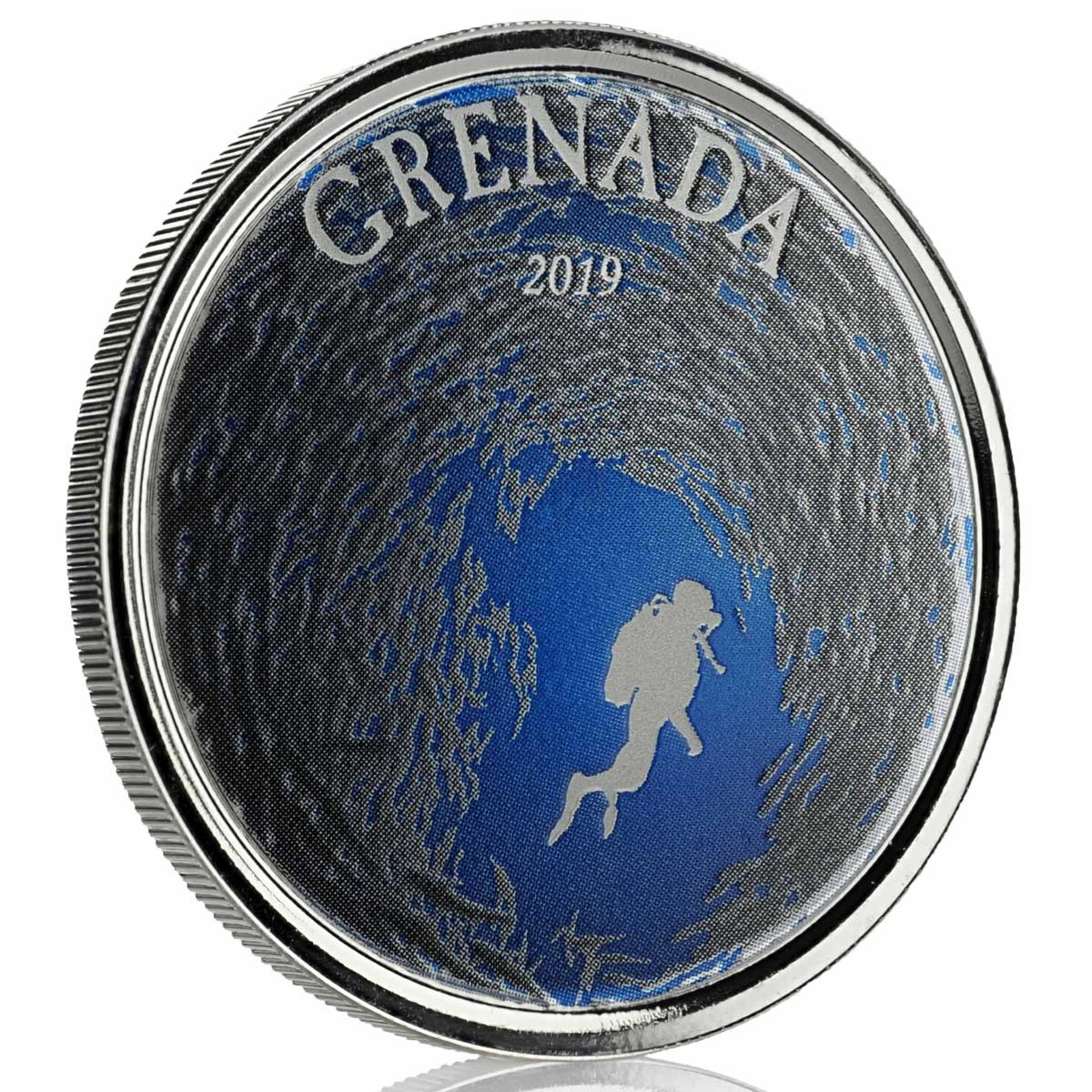

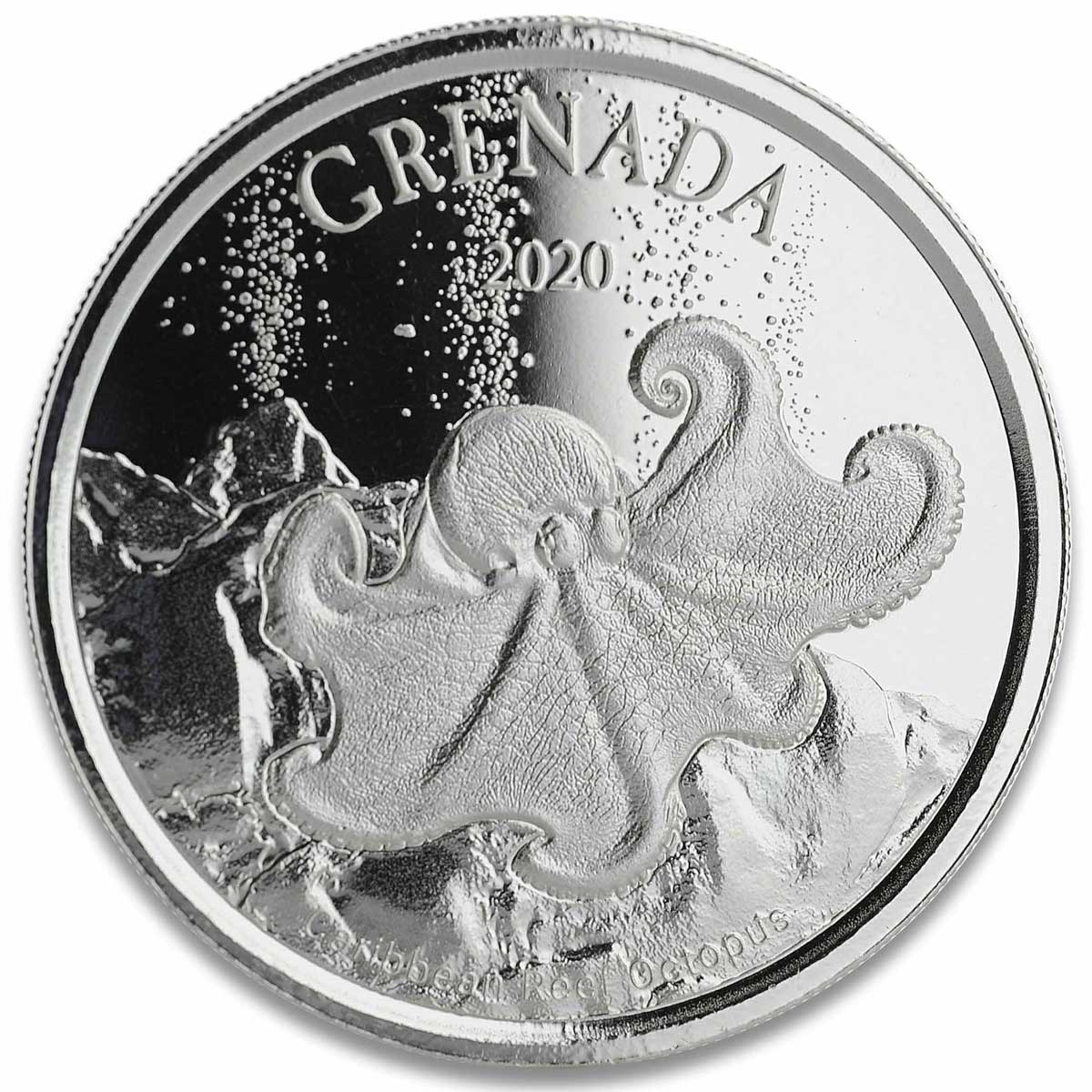



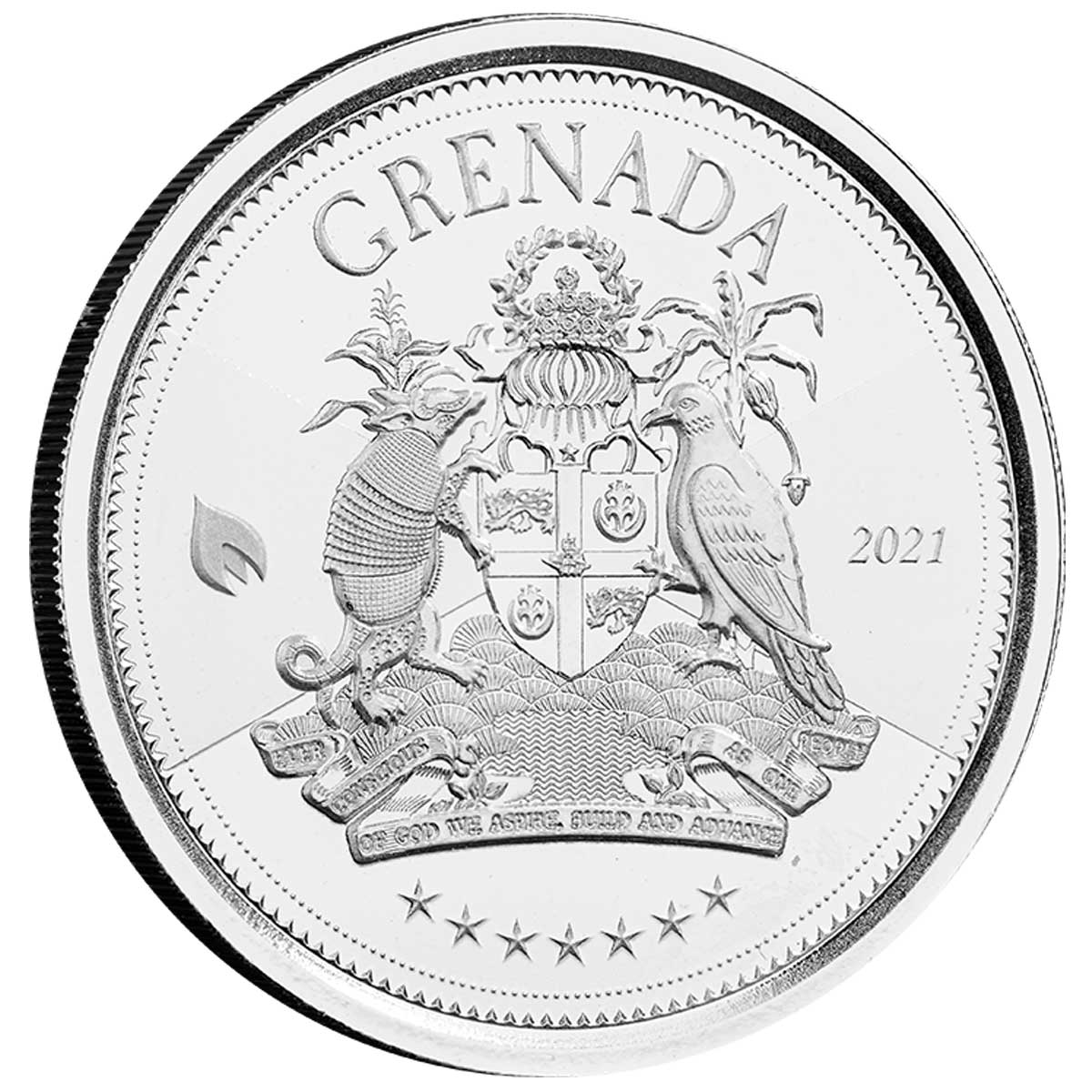
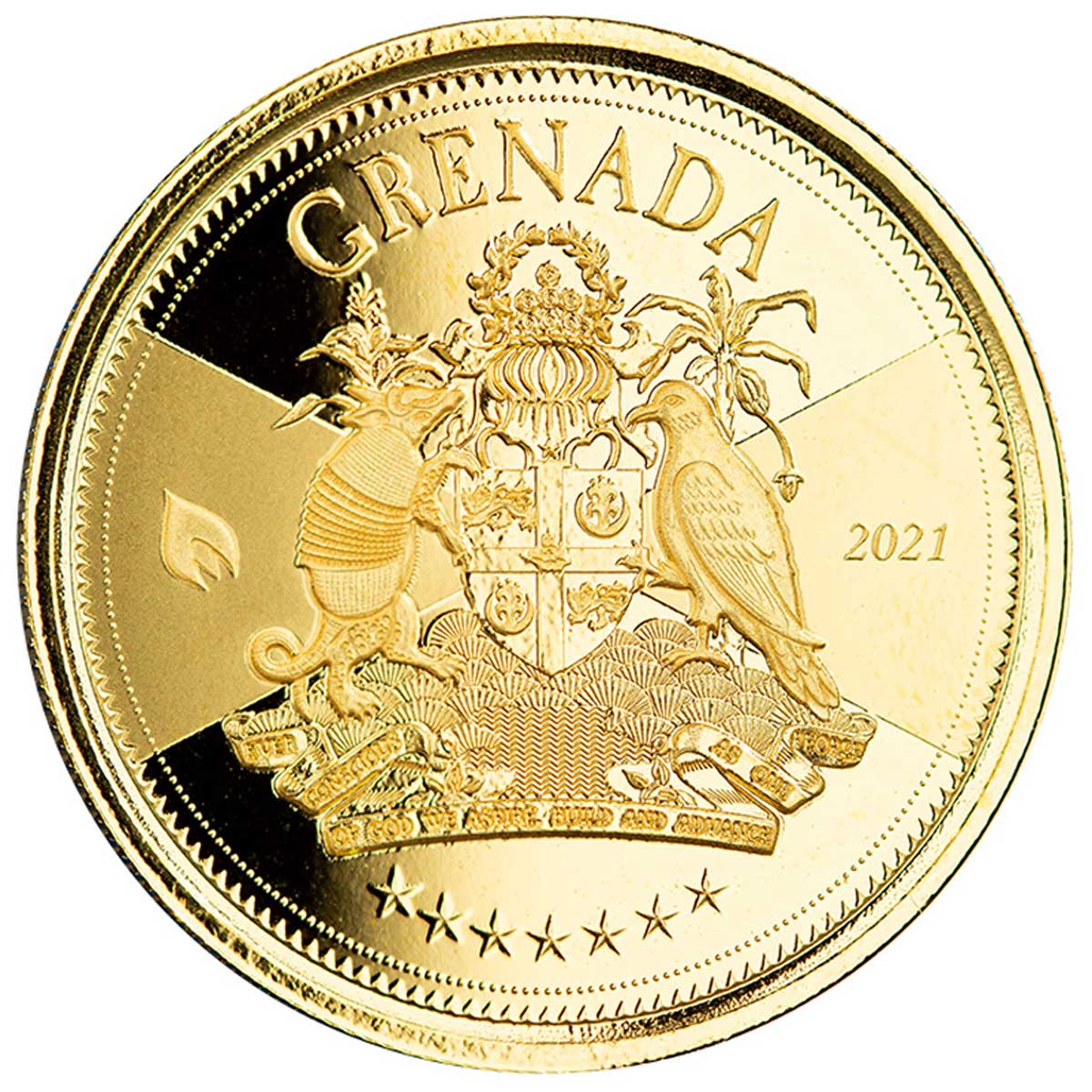
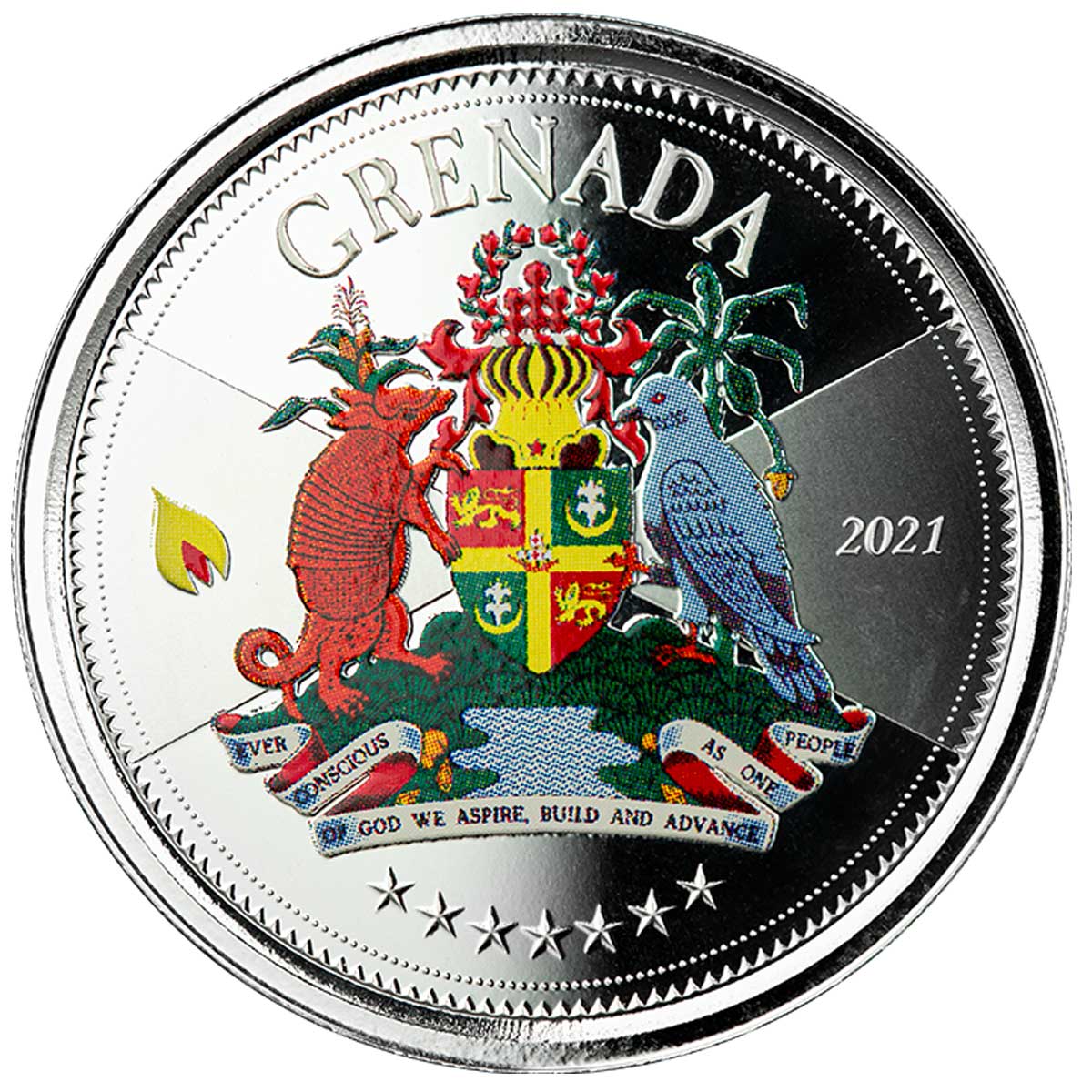
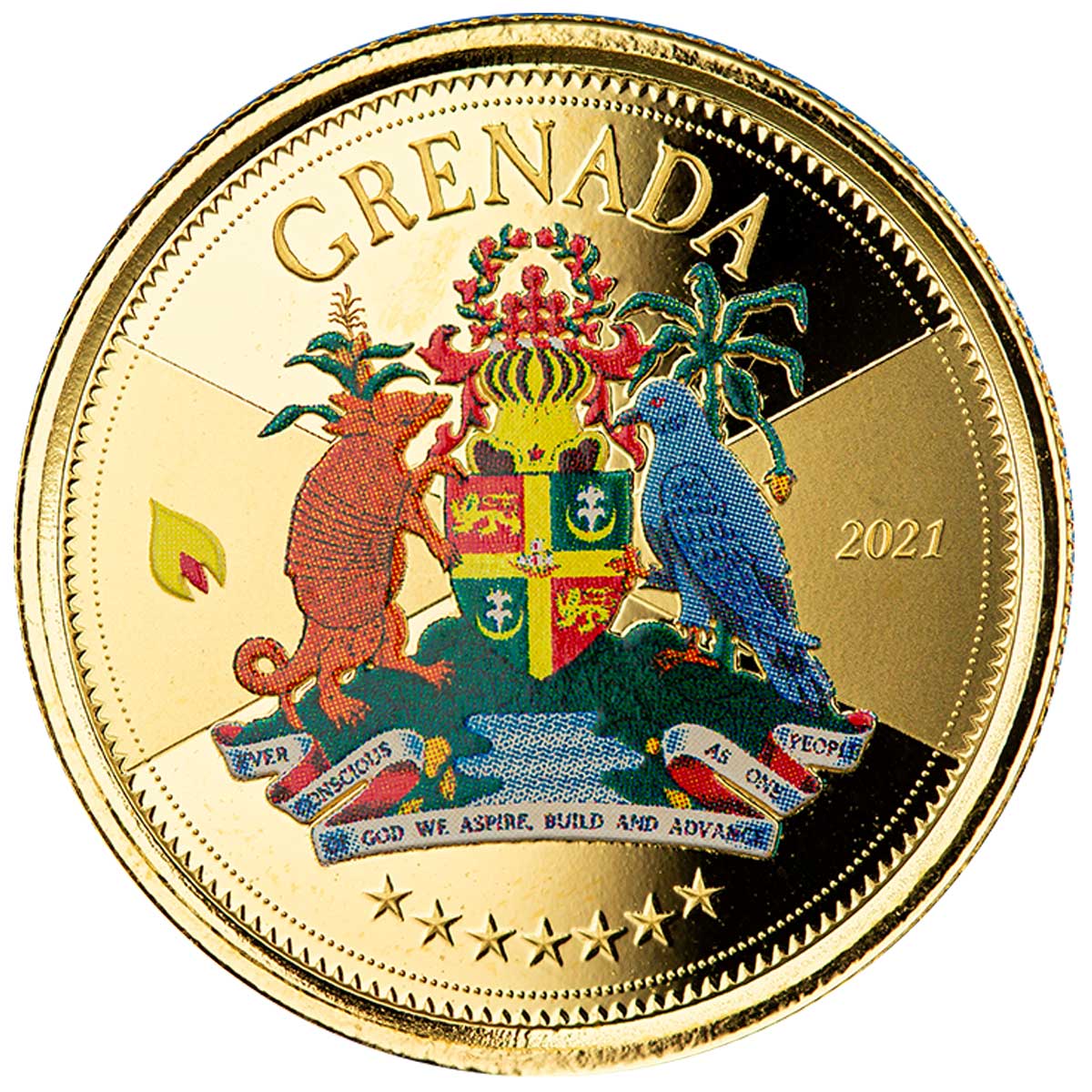


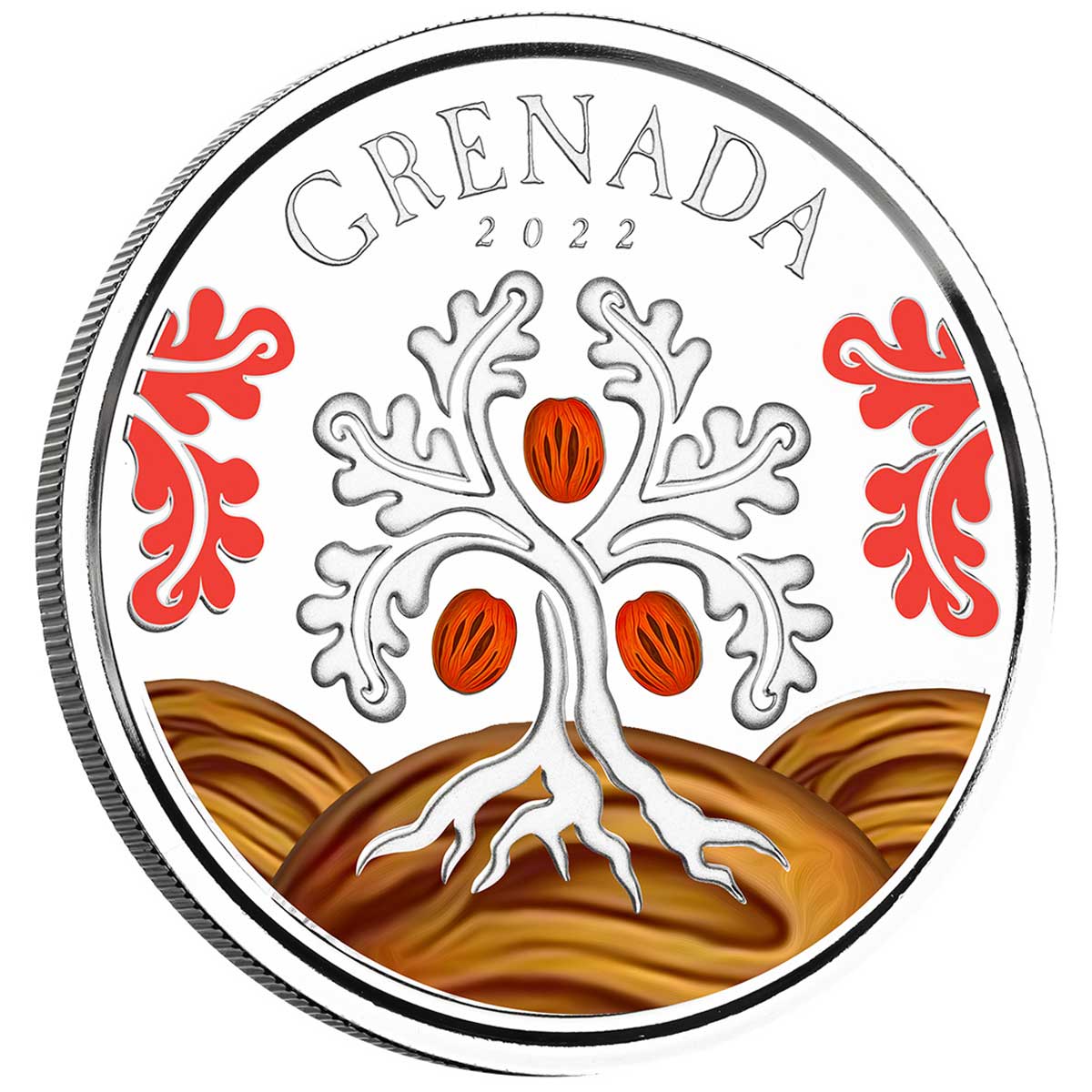
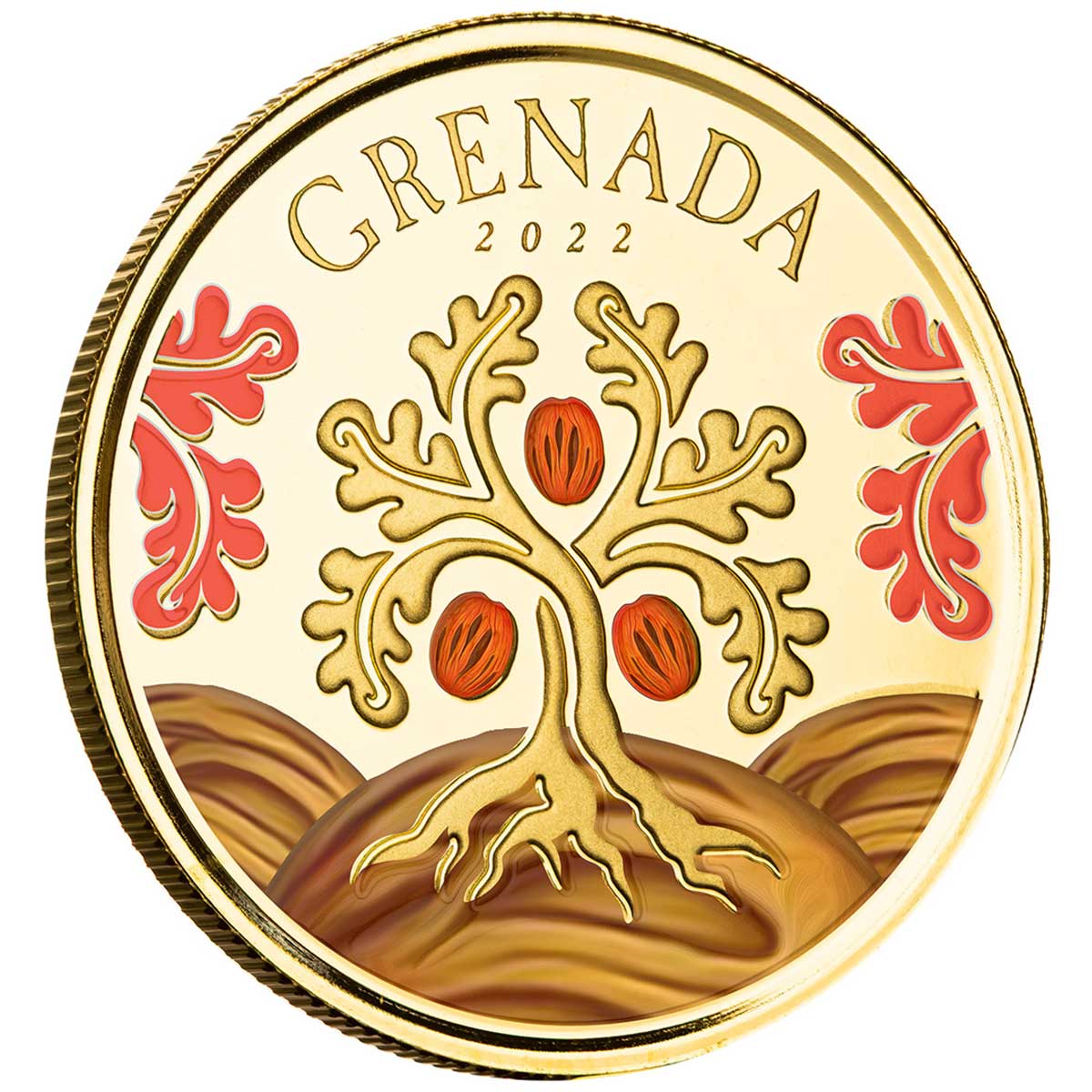
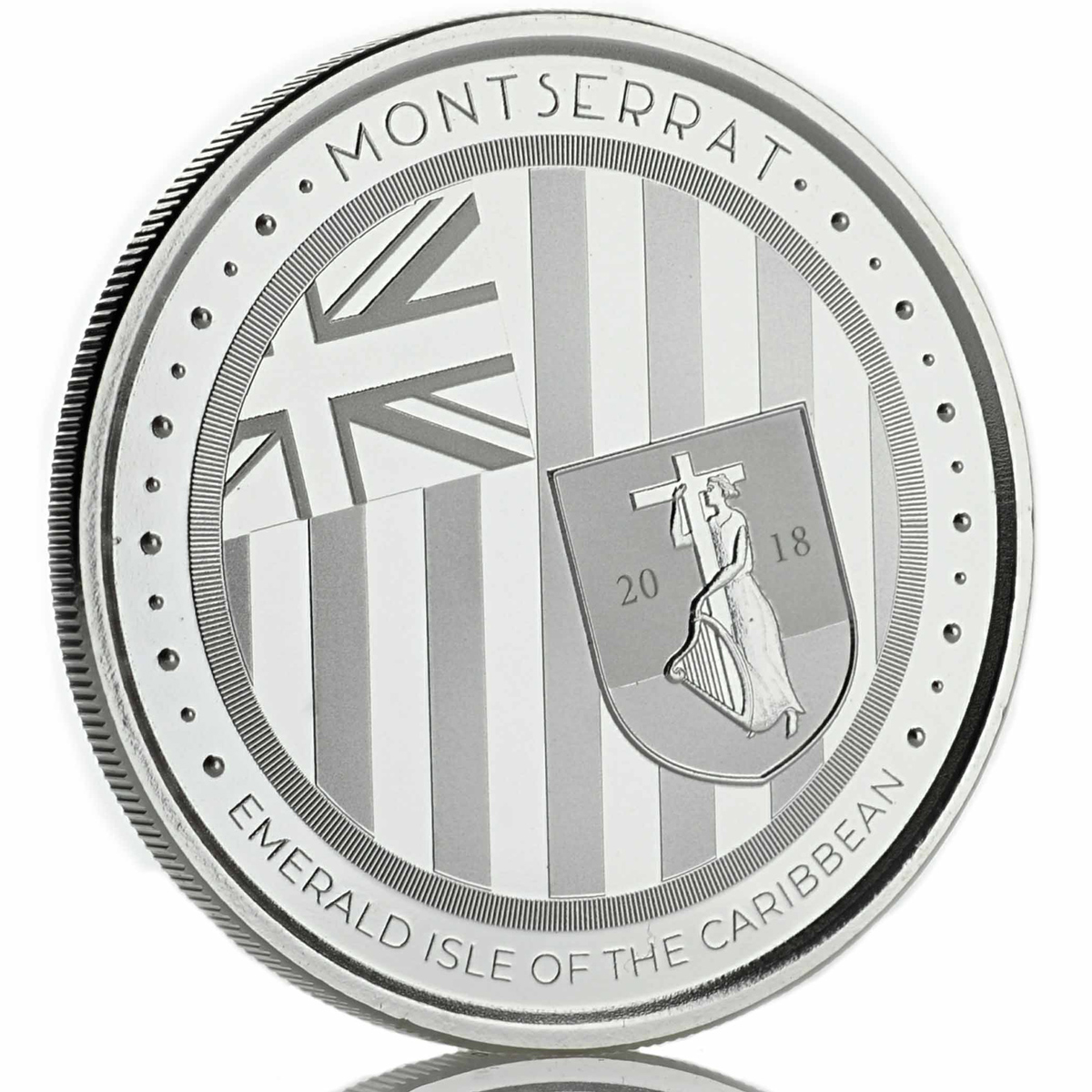
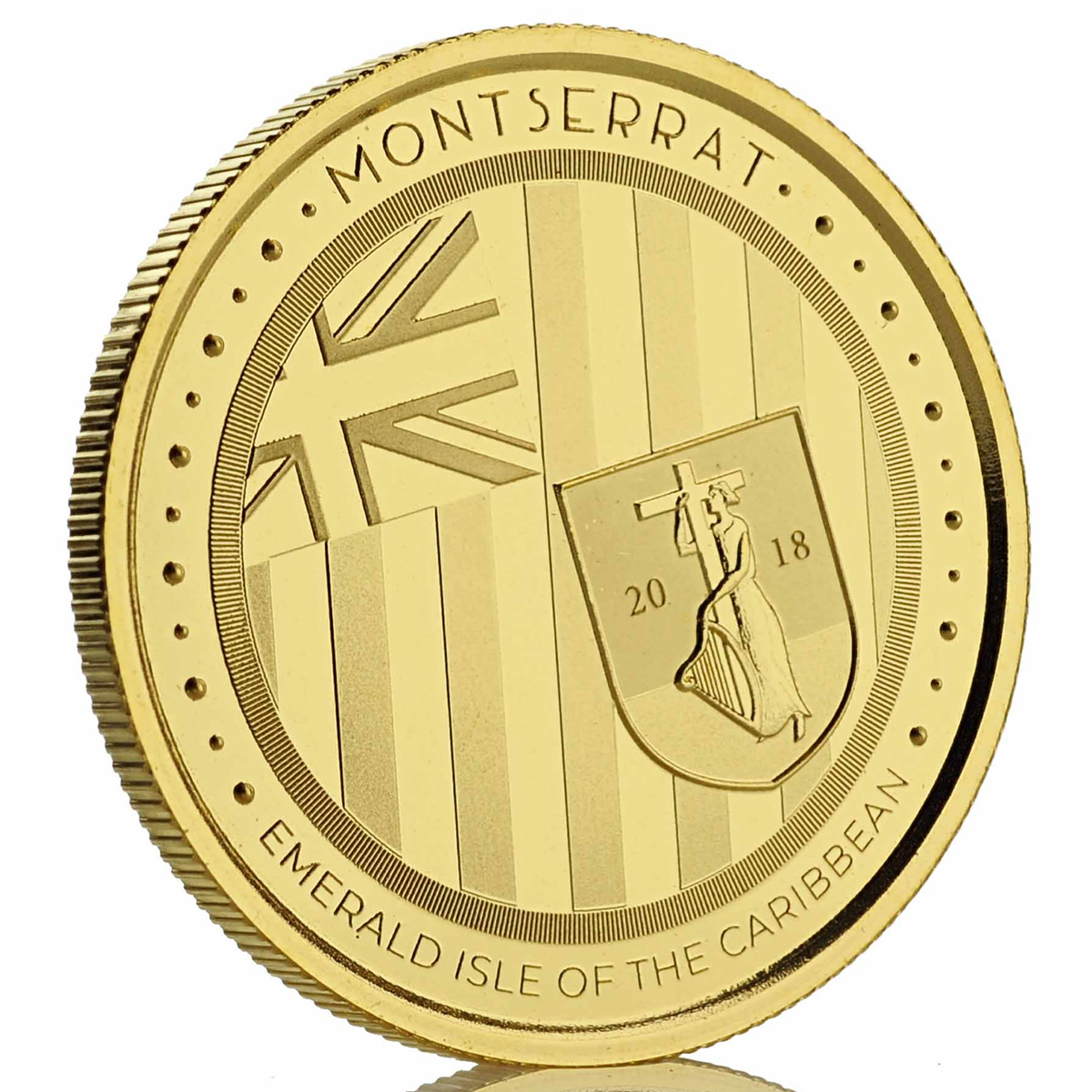
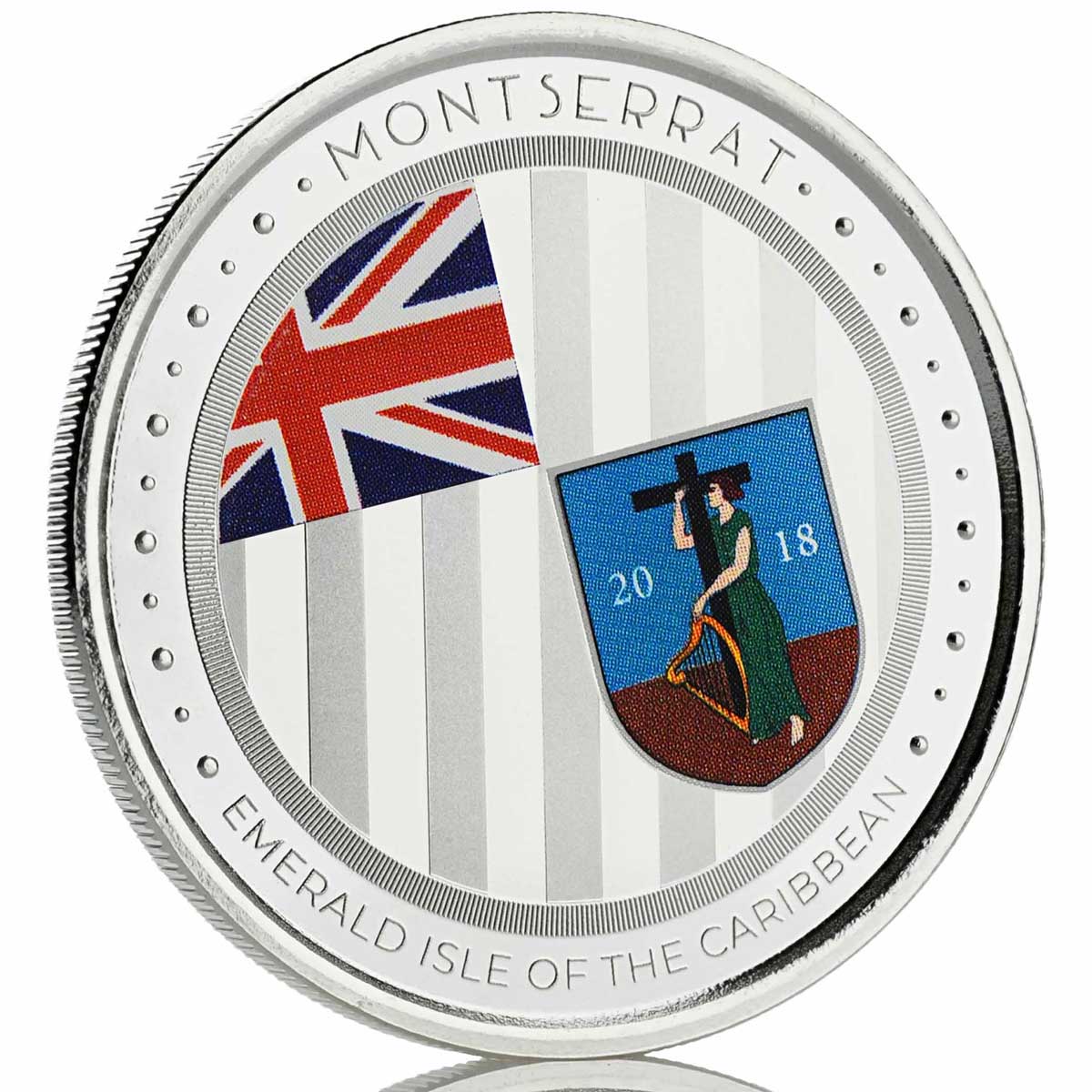
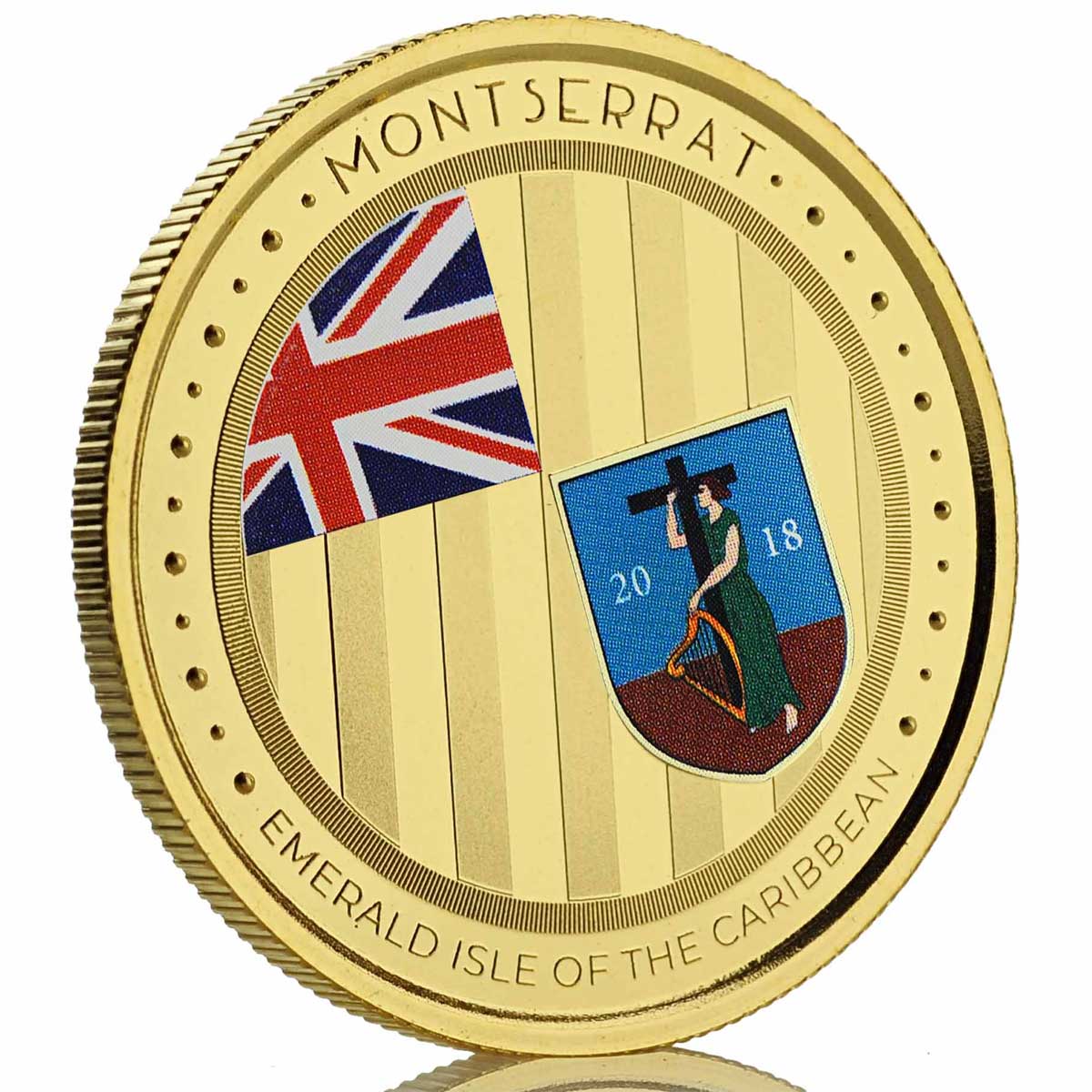

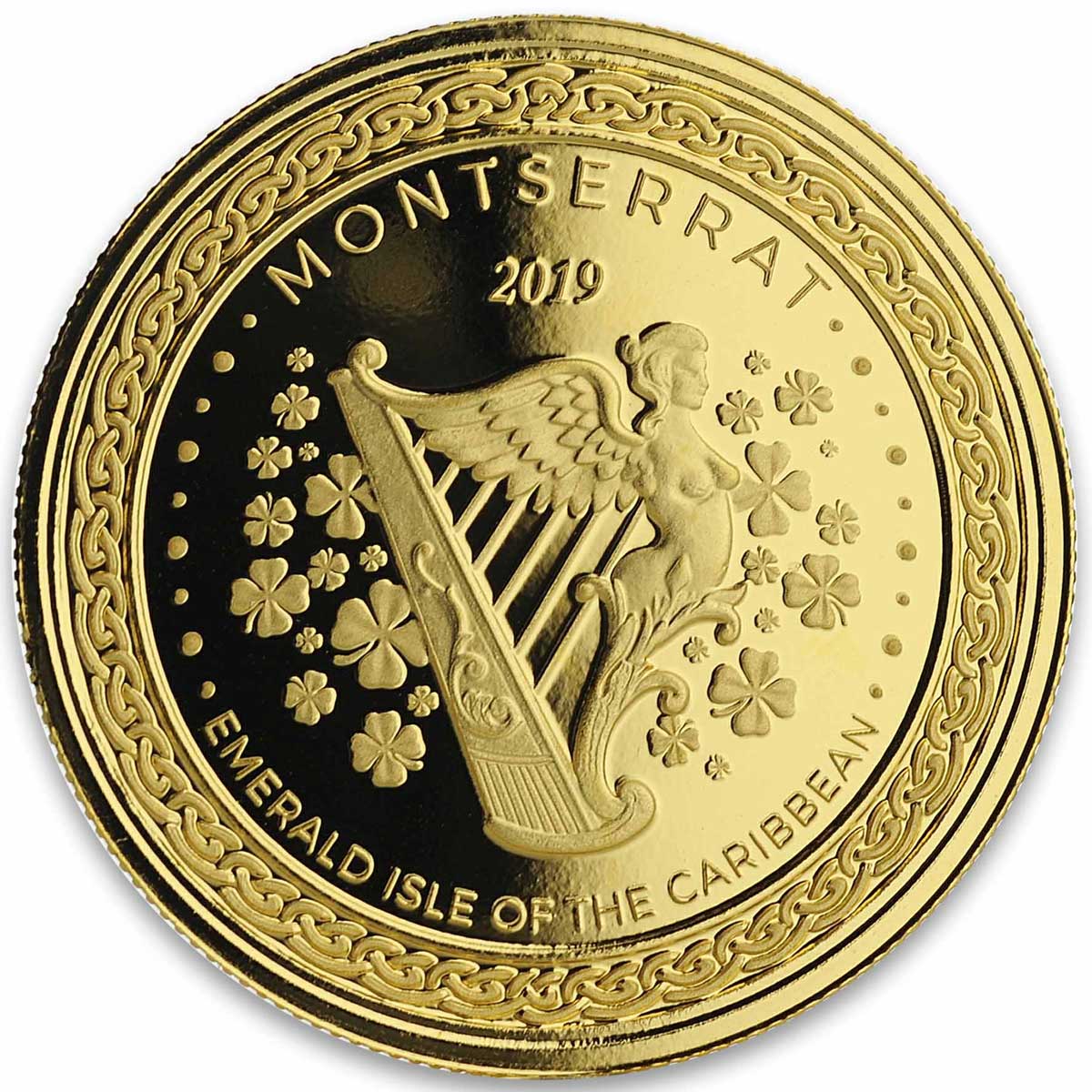
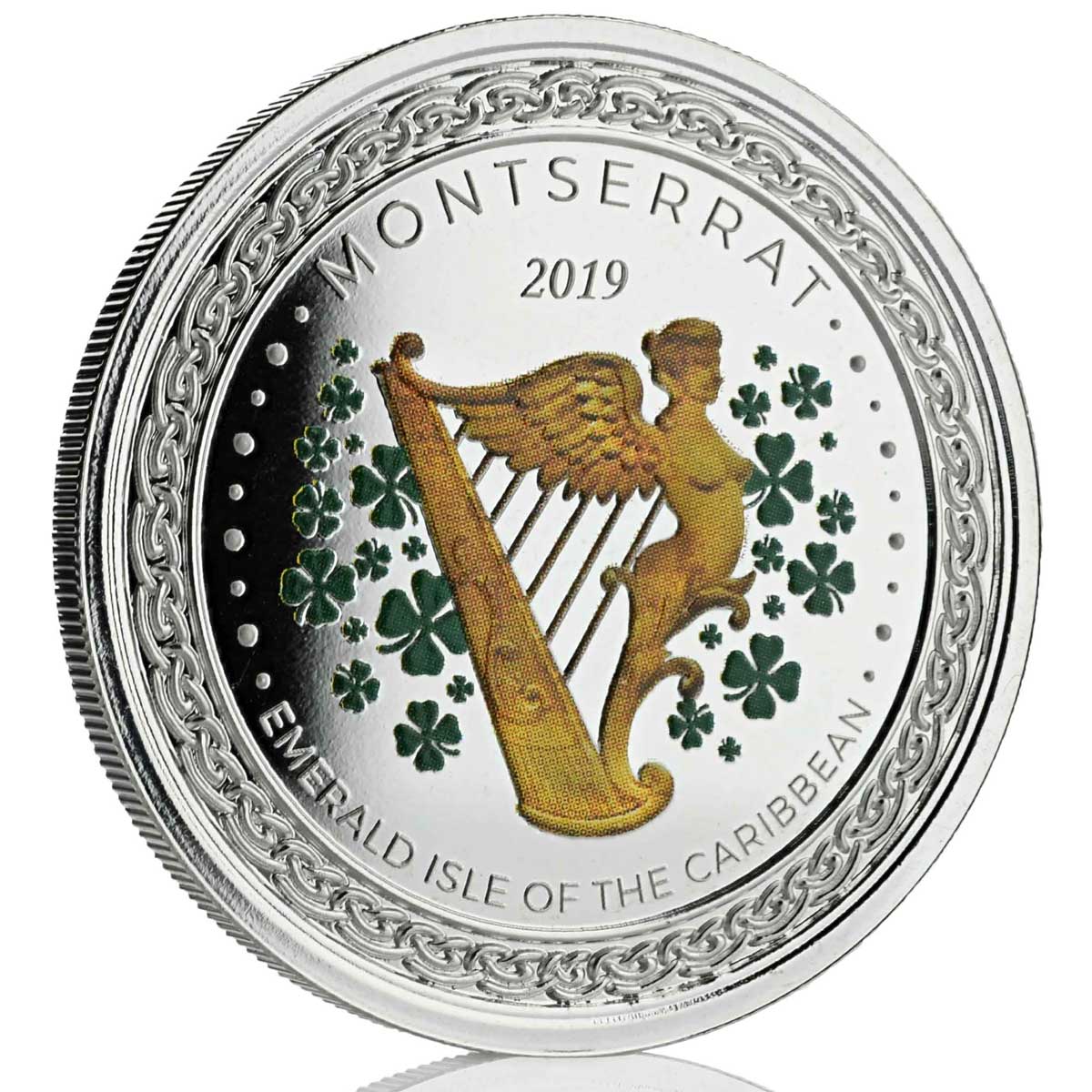

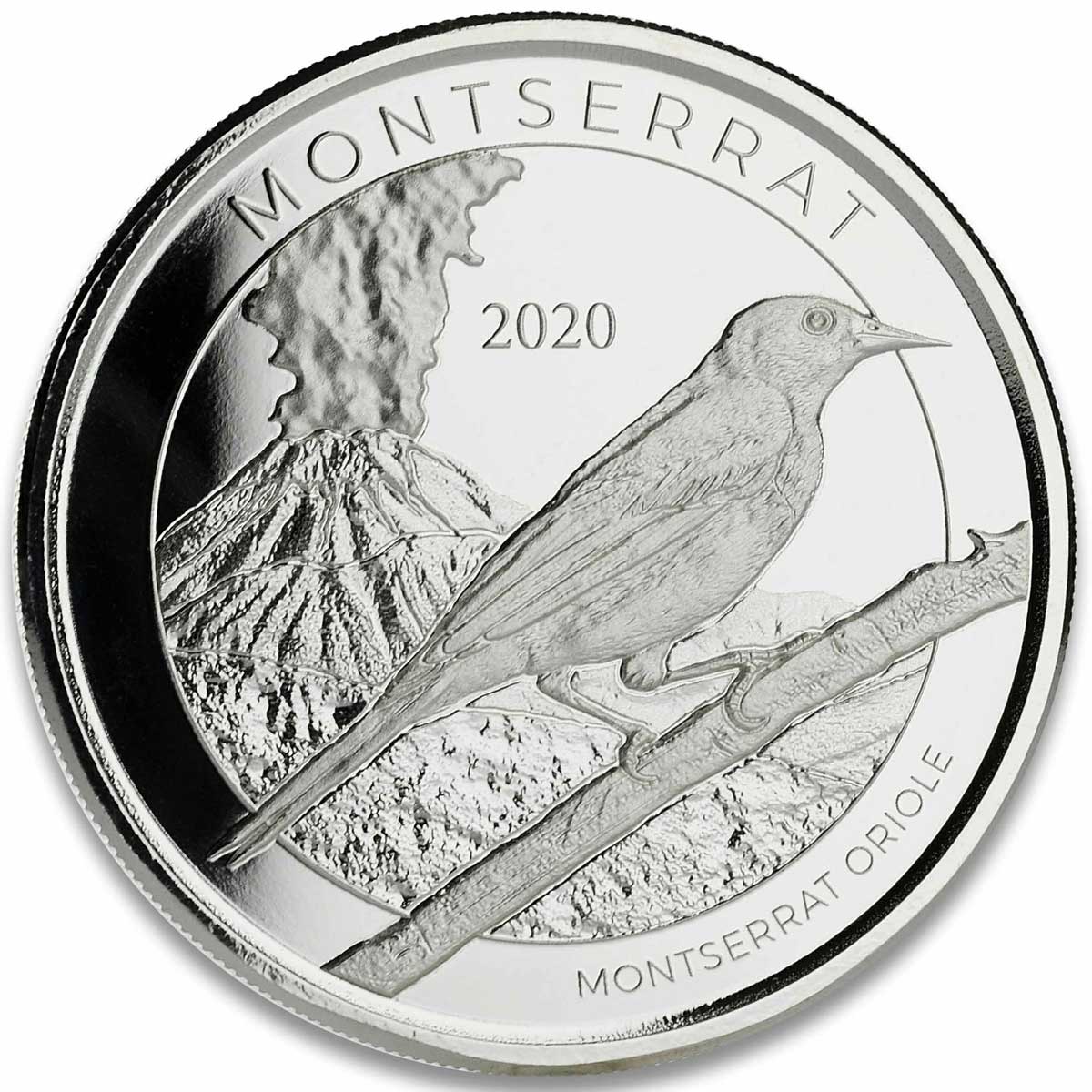



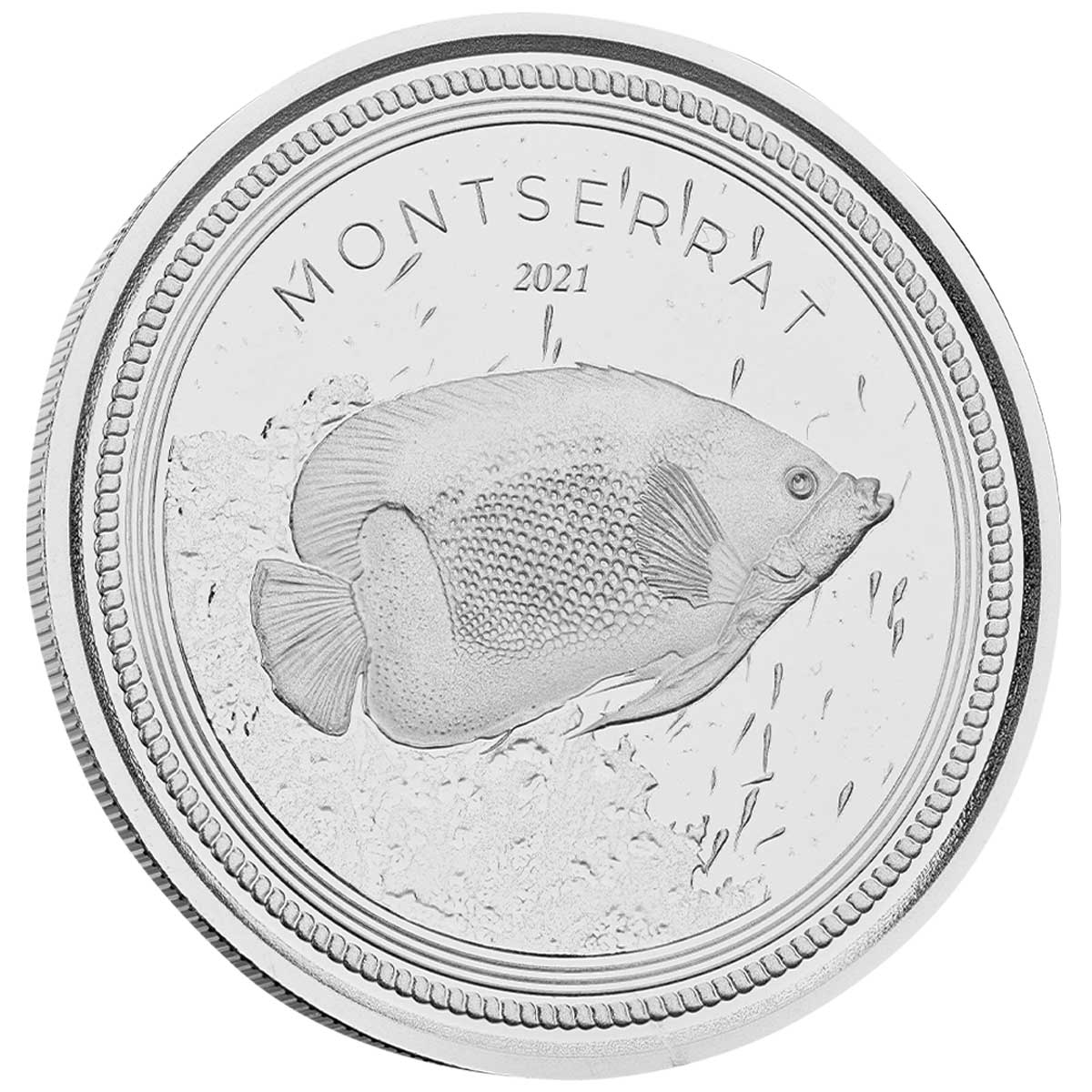







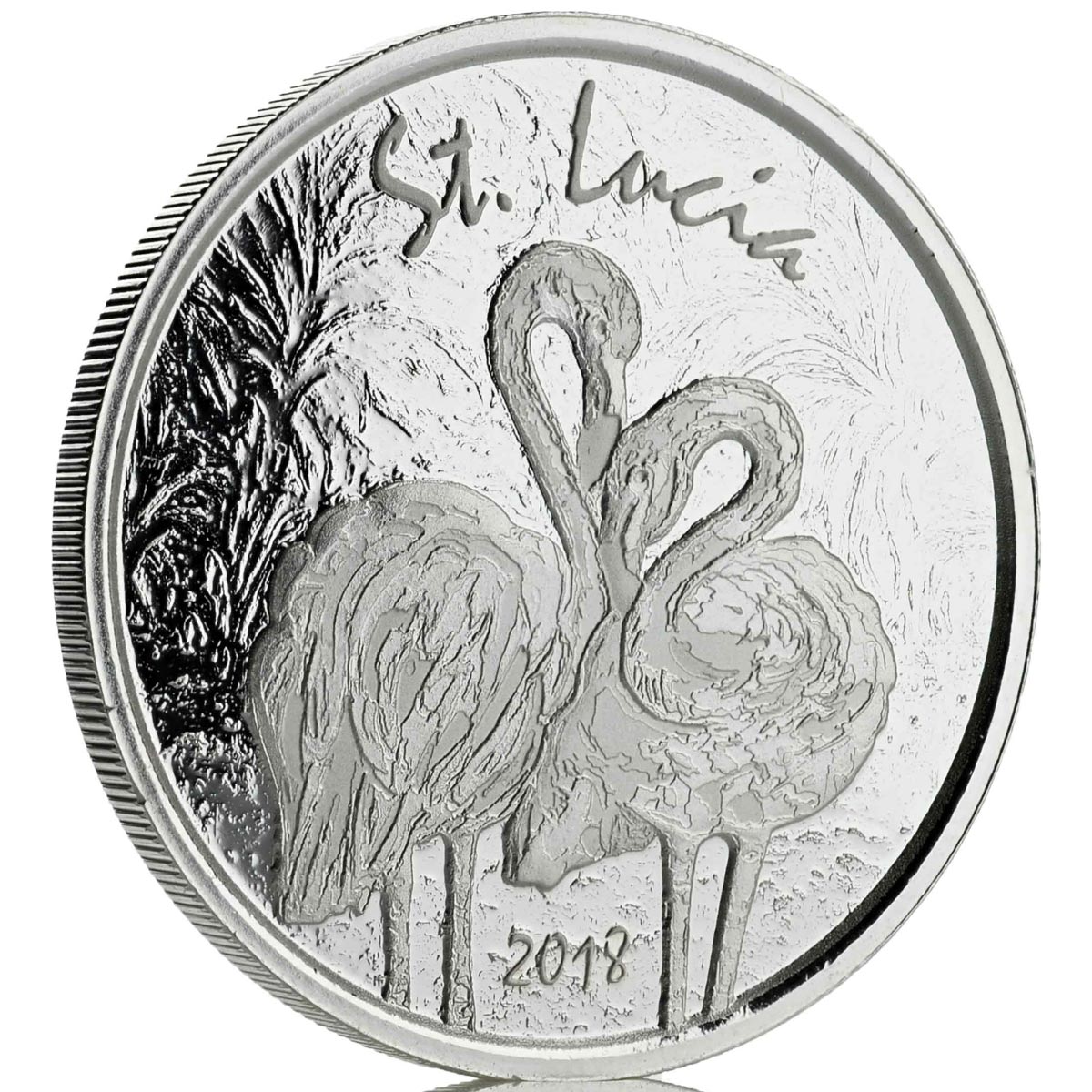
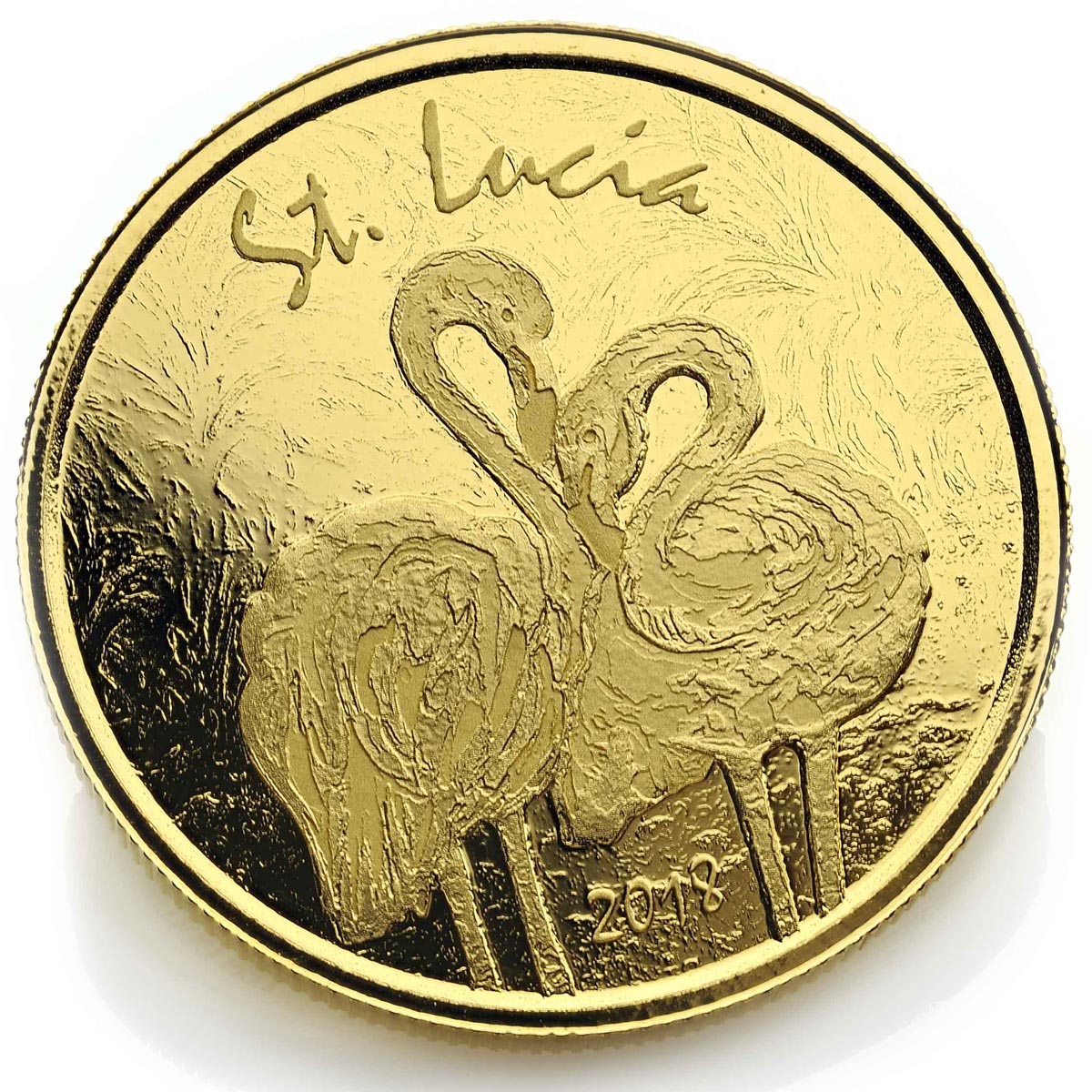


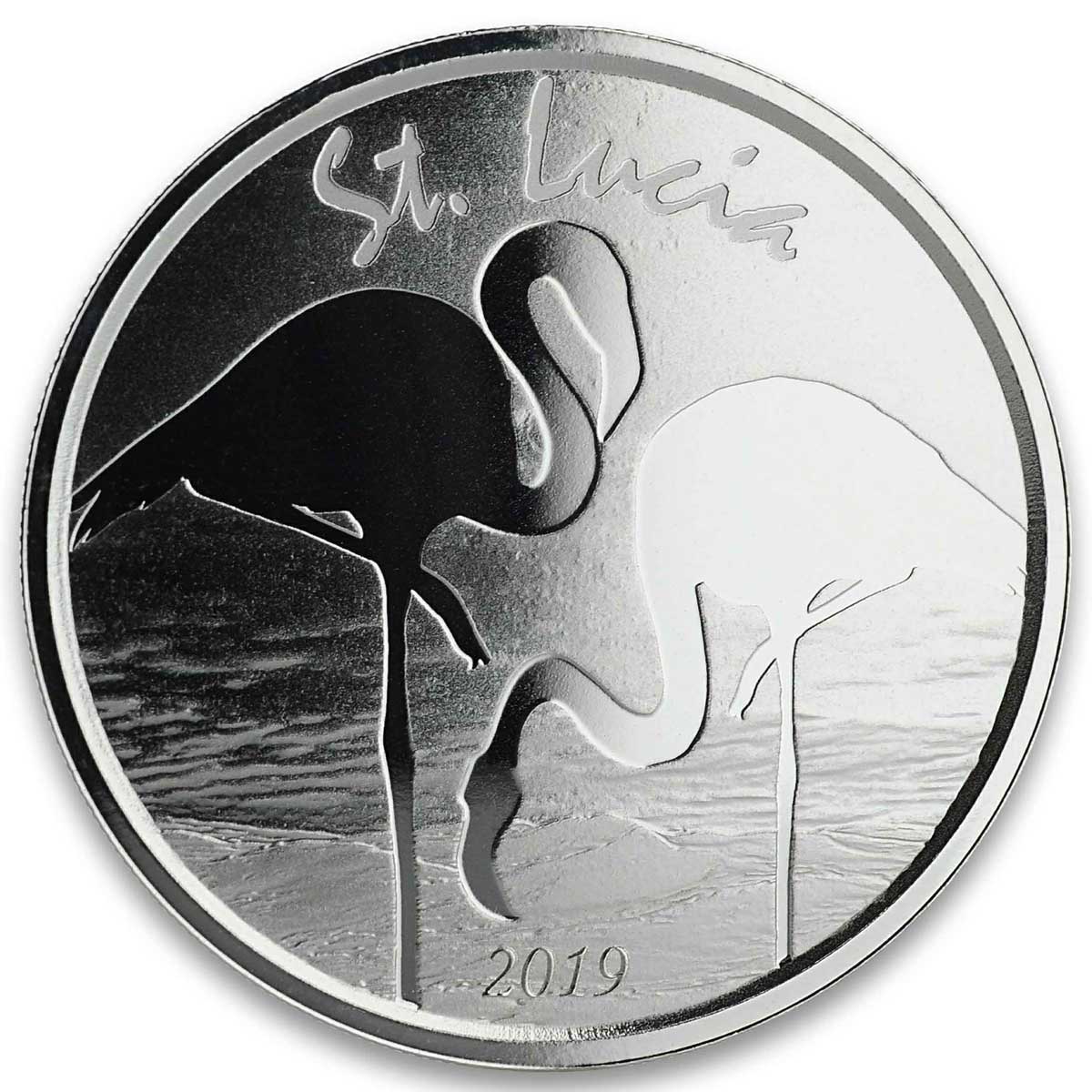
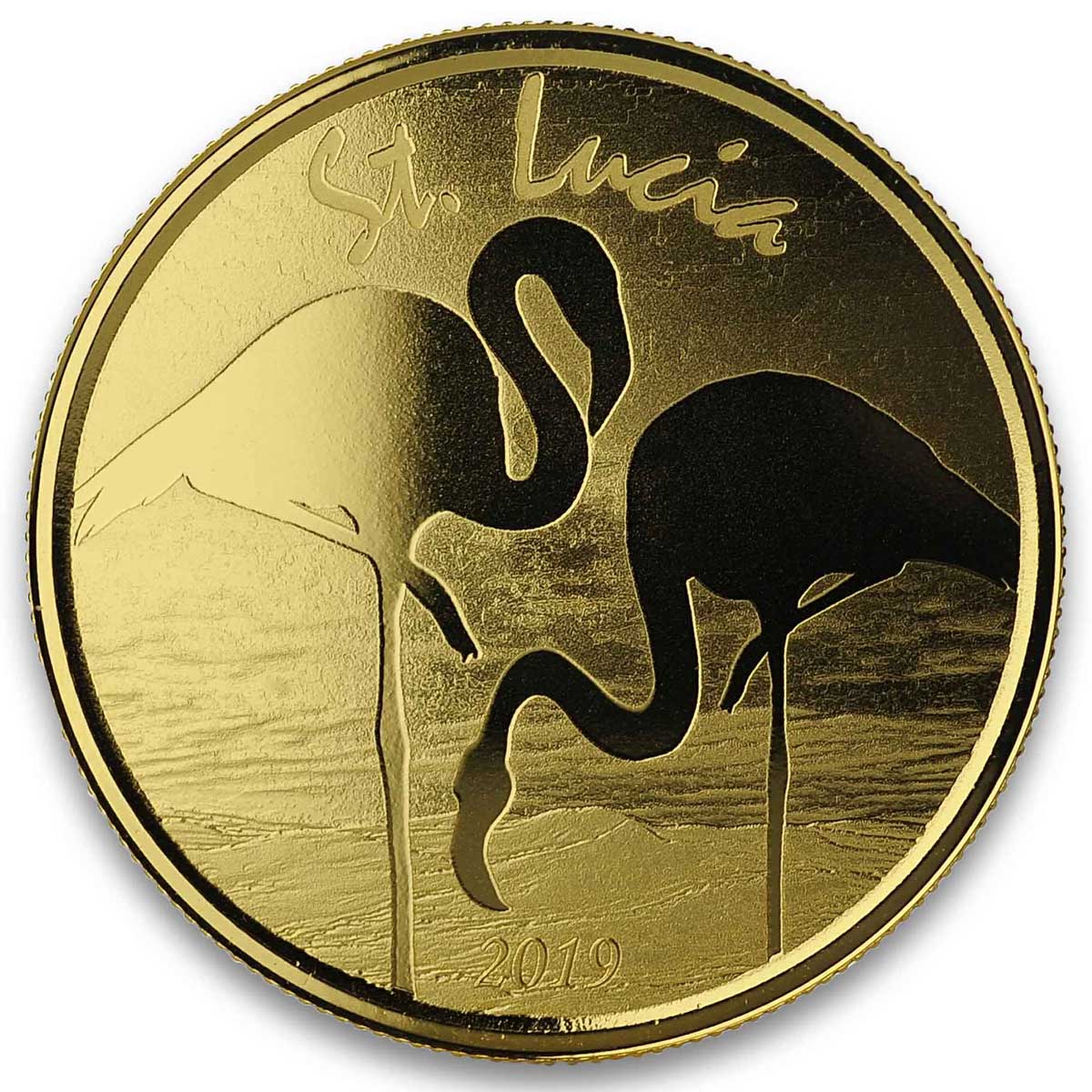

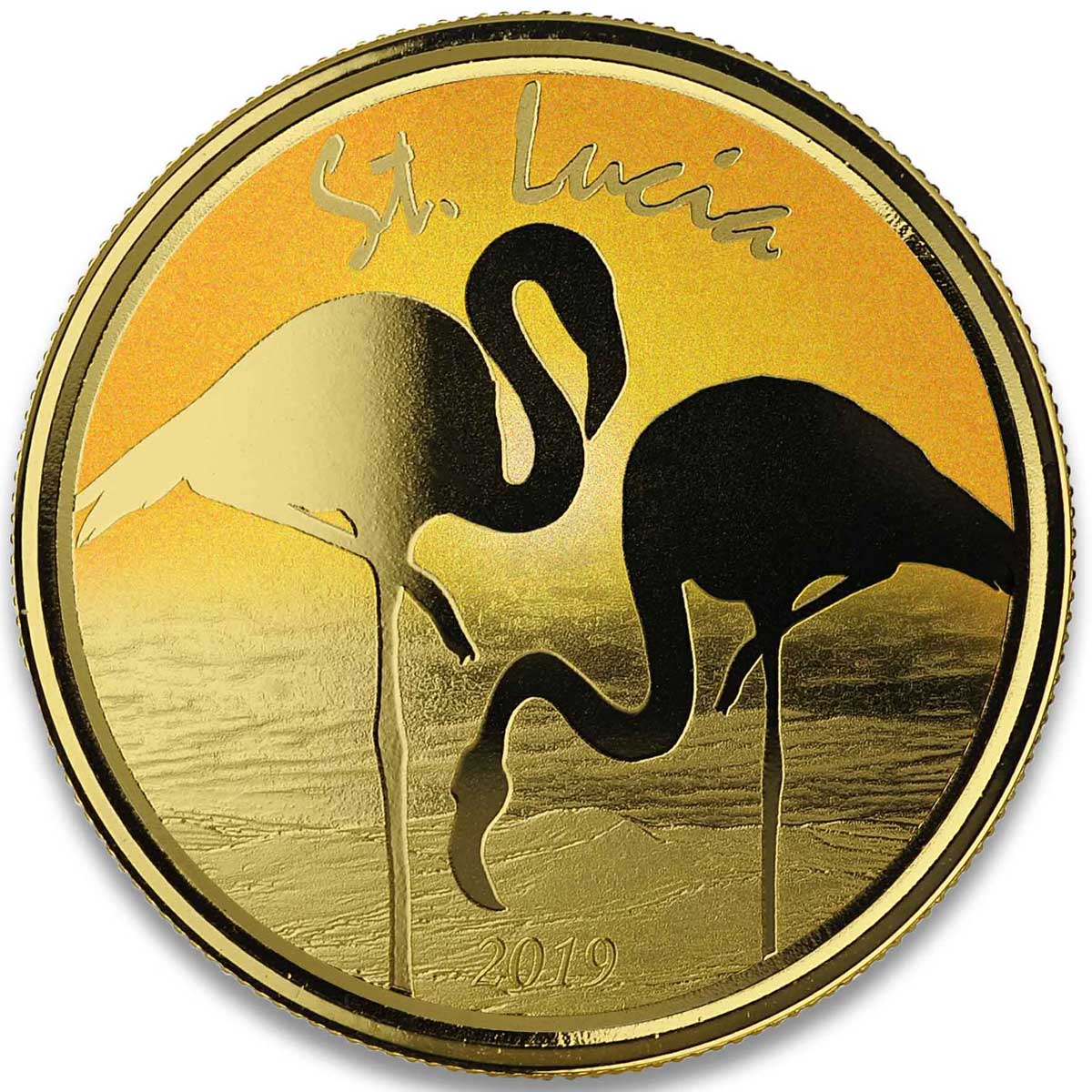
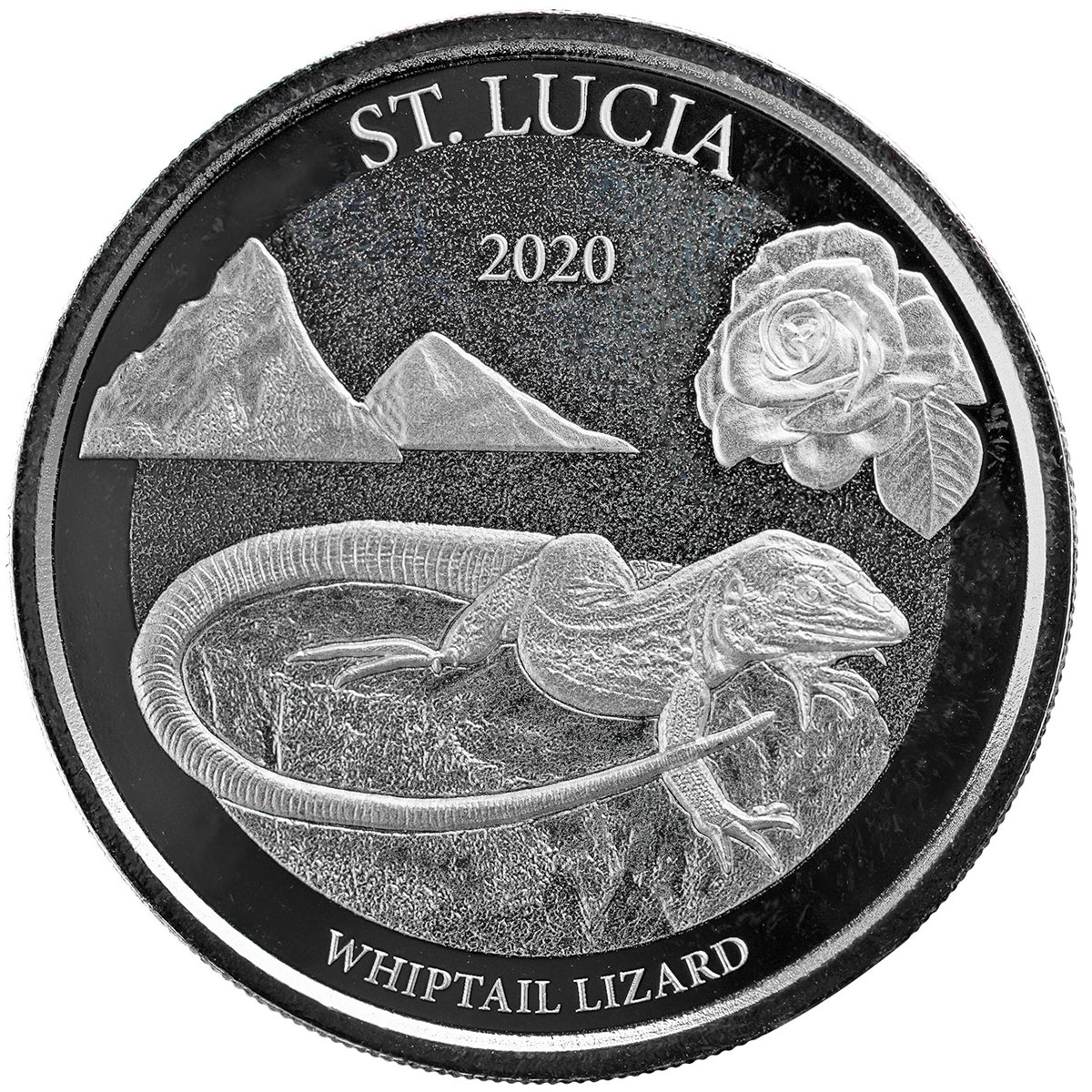

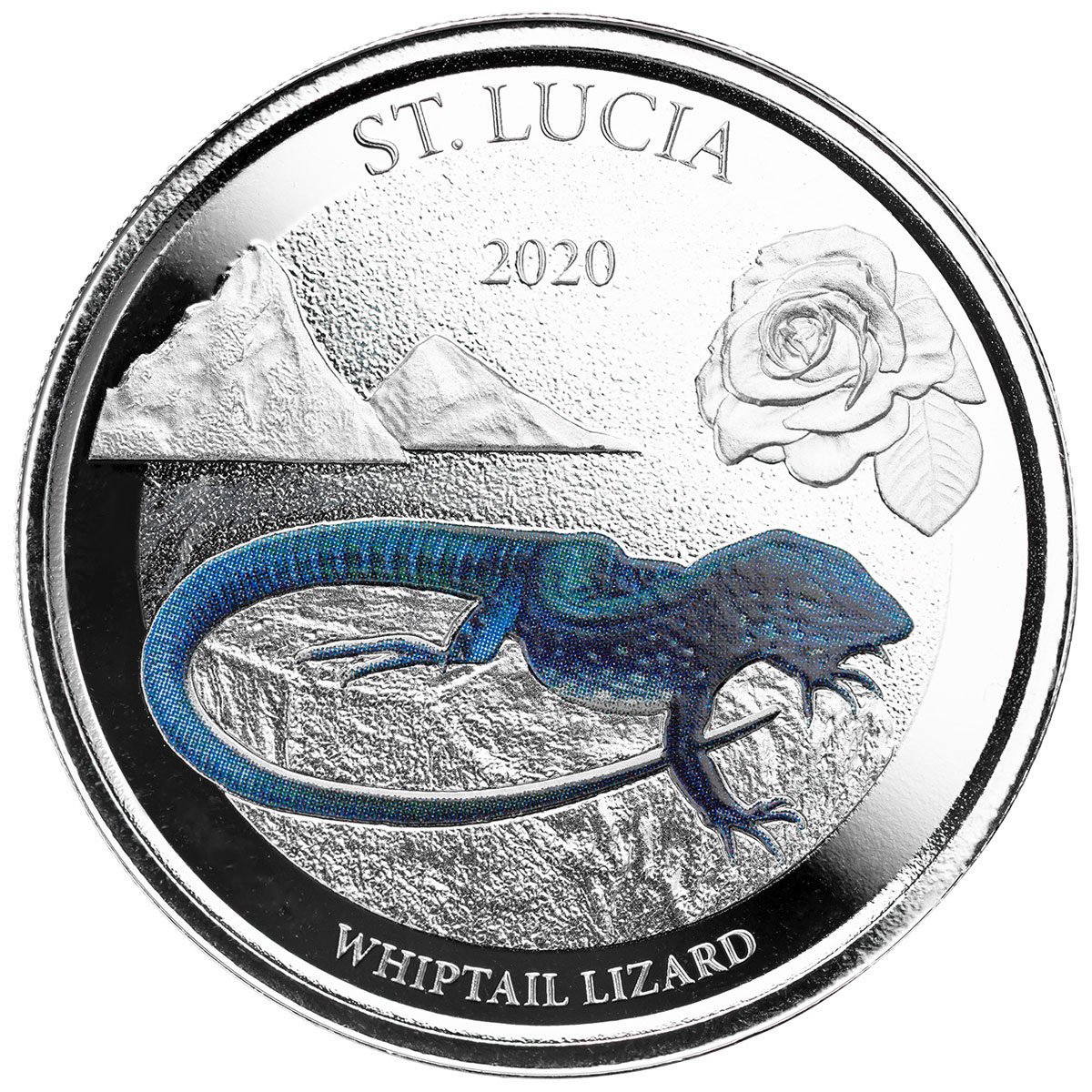





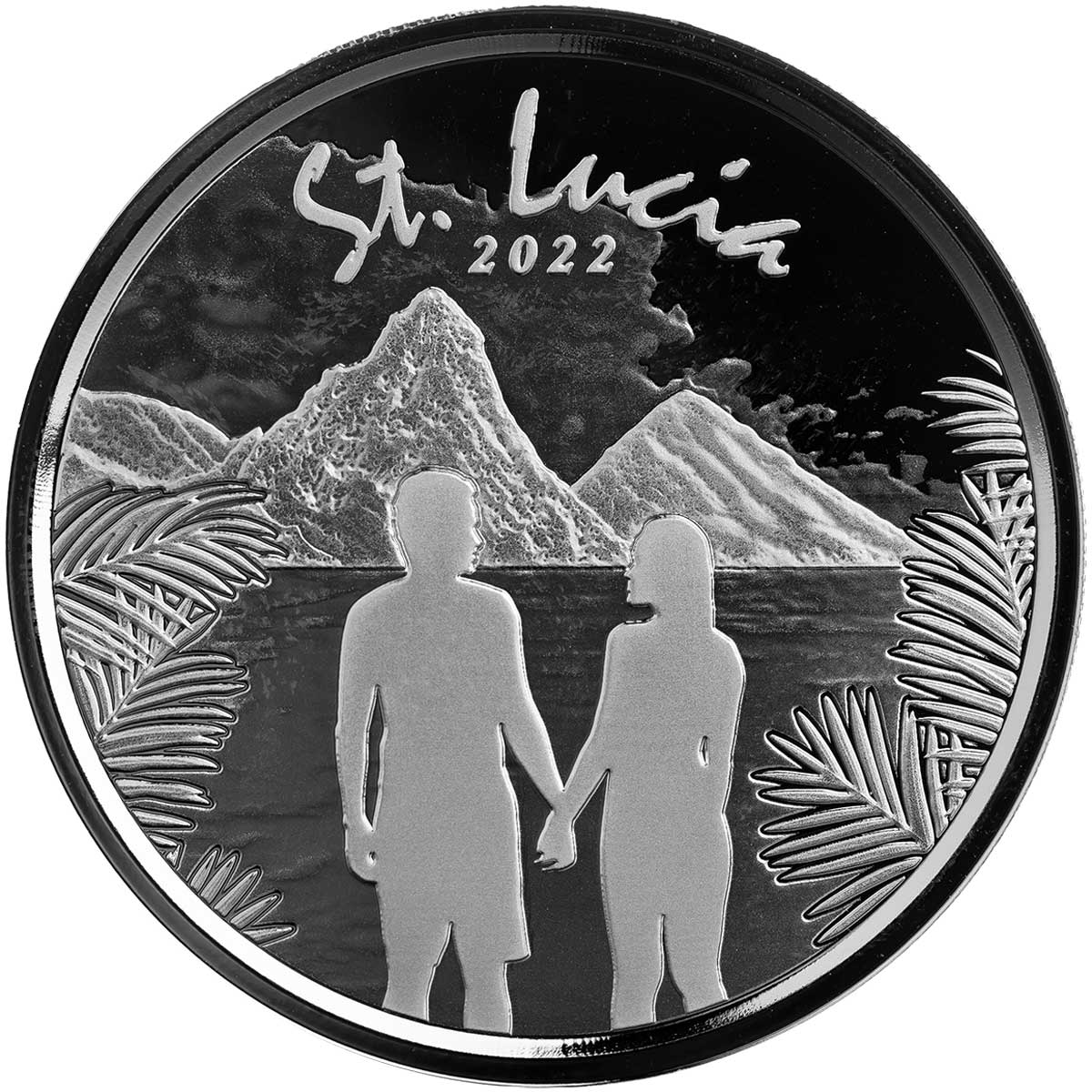



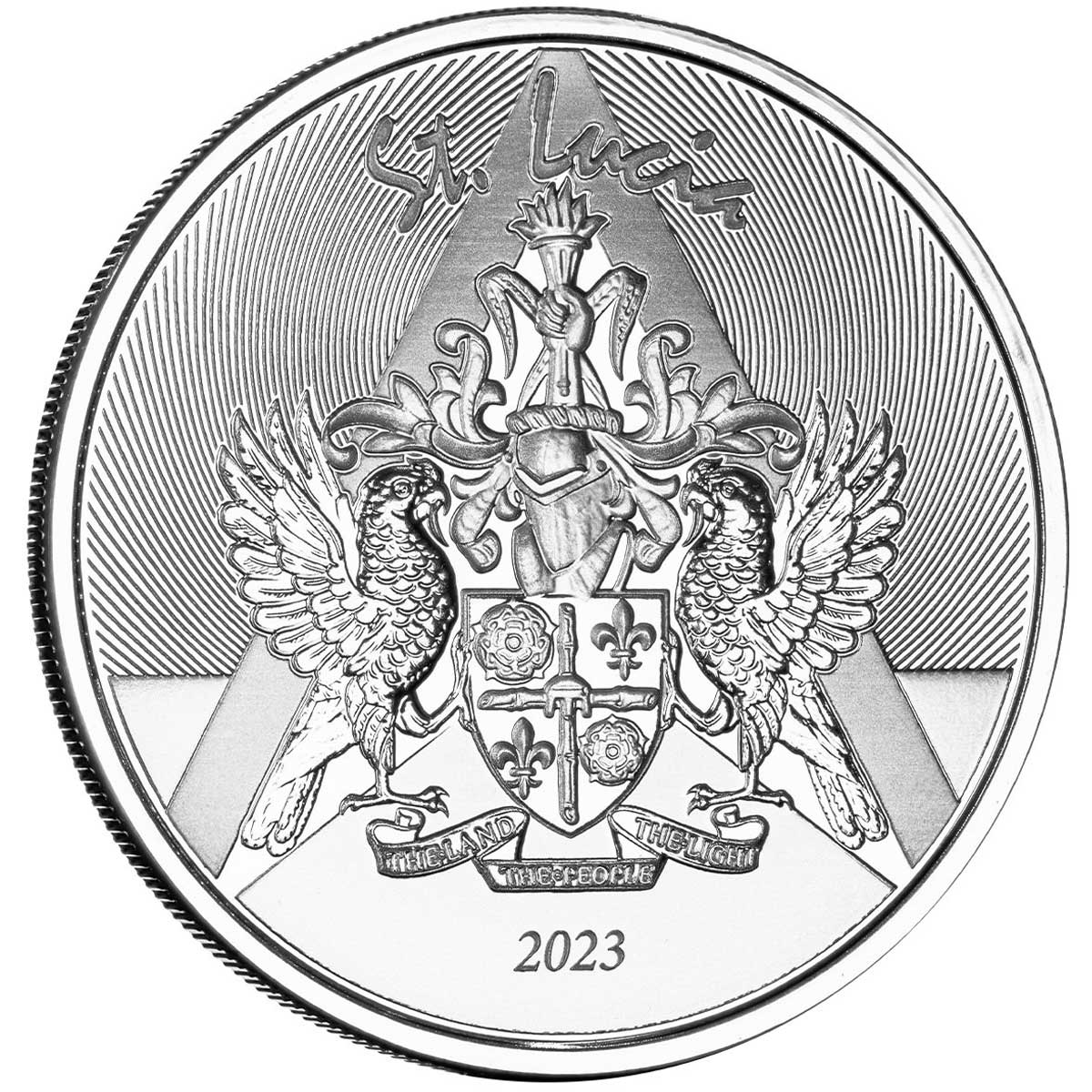
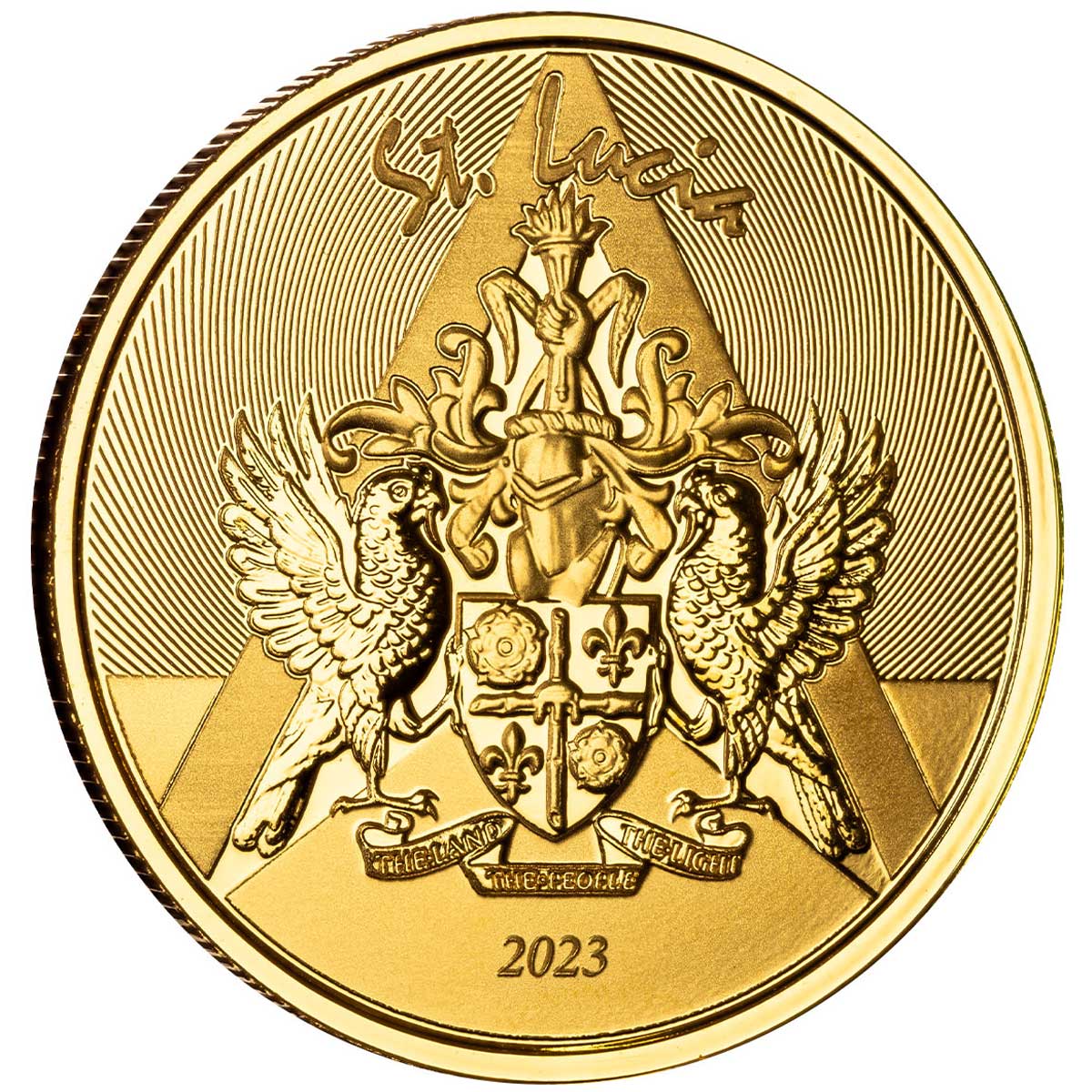

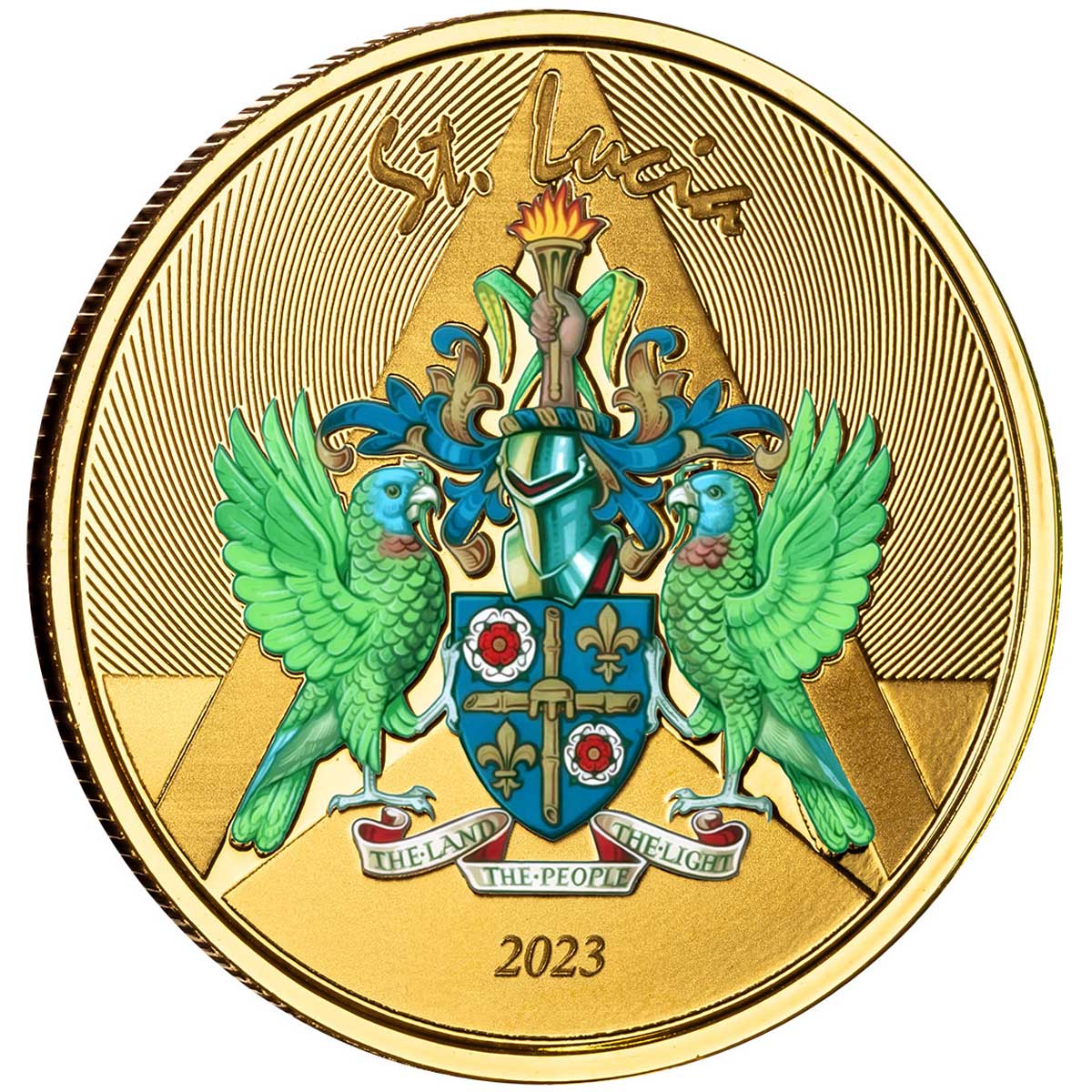
Leave A Comment